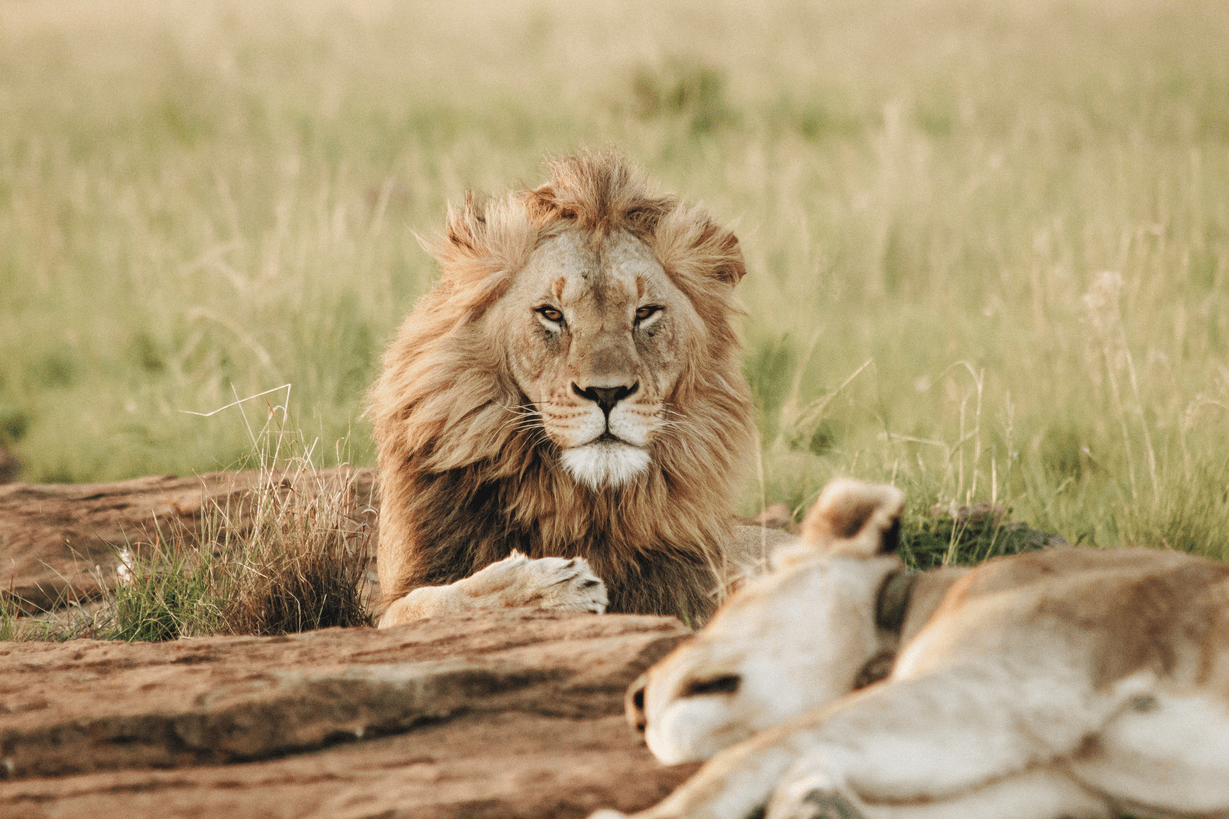South Africa: Where to go for great birdwatching
The flora of the Cape is particularly special because South Africa is the meeting point of two of the world's six floral kingdoms; the paleotropical and the capensis (Cape Floristic Region). The Cape Floristic Region is the smallest floral kingdom in the world; it's the only one to be contained entirely within one country. Around 9,000 plant species grow here, and roughly 69% of those are endemic. This variety and level of endemism of flora is mirrored in a spectacular array of birdlife.
For a good example of the Cape Floristic Region, look to De Hoop Nature Reserve where you will find the 'fynbos' ('fine-bush') shrub-lands which are so characteristic of this region. The endemics here include many 'fynbos specials' - like the Cape siskin, Cape sugarbird and the hottentot buttonquail. De Hoop is just one of many great Cape destinations for a birdwatching holiday in South Africa.
For vegetation and birds more typical of the rest of Africa, head to the Kgalagadi Transfrontier National Park, in the north of the Cape. With plenty of game it is renowned for its raptor activity, and species of note here include the white-backed vulture; cape vulture; tawny eagle; pygmy falcon; rednecked falcon; and the distinctive bateleur. You may also see the highly localised, endemic red lark (if you're lucky!)
Other endemic birds of South Africa include the Knysna scrub-warbler, Knysna laurie, forest canary, protea canary and African rock pipit. Birding in South Africa offers incredible variety with the chance to tick off over thirty endemics.
Kwandwe Self-drive Safari
3 days • 1 location
PORT ELIZABETH AIRPORT TO PORT ELIZABETH AIRPORT
US$3,190 - US$4,510 per person
Ecca Lodge
Kwandwe is an attractive destination for South Africa birdwatching as the guiding is good and it is home to many key species like black storks, martial eagles and the stunning blue cranes, South Africa’s national bird, after which the reserve was named.
Bontebok Self-drive Safari
12 days • 5 locations
CAPE TOWN AIRPORT TO PORT ELIZABETH AIRPORT
US$1,830 - US$1,920 per person
The Opstal
Hosting many African birds including the last breeding colony of Cape vultures in the Western Cape, De Hoop is fantastic for birdwatching in South Africa. Spot ostrich, African harrier-hawk, wading birds, etc. on guided walks around the De Hoop Opstal's vlei and coast.
Cape Mountain Zebra Self-drive Safari
12 days • 4 locations
CAPE TOWN AIRPORT TO CAPE TOWN AIRPORT
US$4,610 - US$6,870 per person
Garden Lodge
The vast diversity of the fynbos vegetation at Grootbos attracts a real range of birds, making this is a good stop as part of a trip focusing on birdwatching in South Africa. Expect plenty of colourful sunbirds, Cape sugarbirds, black harriers and kestrels and many others.
Cape Genet Self-drive Safari
20 days • 8 locations
CAPE TOWN AIRPORT TO CAPE TOWN AIRPORT
US$3,720 - US$4,460 per person
The Opstal
Hosting many African birds including the last breeding colony of Cape vultures in the Western Cape, De Hoop is fantastic for birdwatching in South Africa. Spot ostrich, African harrier-hawk, wading birds, etc. on guided walks around the De Hoop Opstal's vlei and coast.
Leopard Safari
13 days • 4 locations
VICTORIA FALLS AIRPORT TO CAPE TOWN AIRPORT
US$15,200 - US$18,100 per person
Savute Under Canvas
The Savuti Marshes are renowned for birdlife densities, particularly from mid-December to March, when flocks of yellow-billed storks, African spoonbills and pink-backed pelicans make this a great time for birdwatching in Botswana.
Black Wildebeest Self-drive Safari
19 days • 10 locations
CAPE TOWN AIRPORT TO WINDHOEK AIRPORT
US$4,220 - US$4,330 per person
Okonjima Plains Camp
Okonjima boasts birdlife typical of Namibia's Central Highlands. The guided or self-guided walks pass by a variety of watering points, including dams, lakes and even bird-baths – making a lovely addition to a Namibian birdwatching break.
Cornerstone Guesthouse
Although Cornerstone is a town B&B it is a great stop on a self-drive, birdwatching tour of Namibia. Walvis Bay Lagoon with its plentiful waterfowl is just a short drive away while Swakopmund itself is a perfect base for a guided birdwatching tour.
The Highlights of Africa
17 days • 7 locations
CAPE TOWN AIRPORT TO KIGALI AIRPORT
US$16,670 - US$19,840 per person
Kwara Camp
The environment at Kwara Camp is incredibly diverse, resulting in superb birdwatching. Seasonal floodplains and wooded islands surround camp, while papyrus-lined waterways, lagoons, mopane woodland and scrub savannah are all easily accessible.
1 of
Best camps & lodges for Birdwatching safaris in South Africa
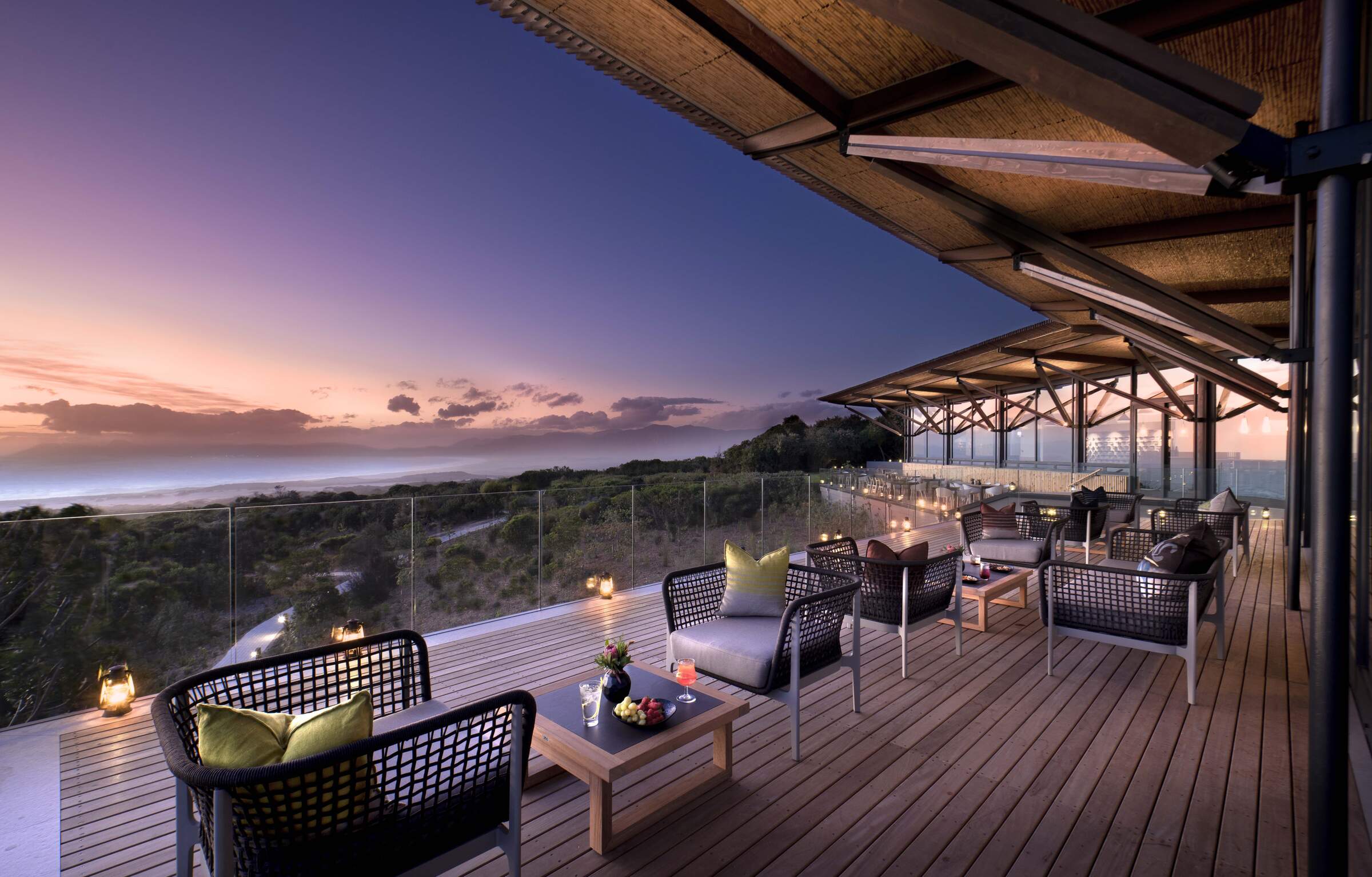
Garden Lodge
The vast diversity of the fynbos vegetation at Grootbos attracts a real range of birds, making this is a good stop as part of a trip focusing on birdwatching in South Africa. Expect plenty of colourful sunbirds, Cape sugarbirds, black harriers and kestrels and many others.
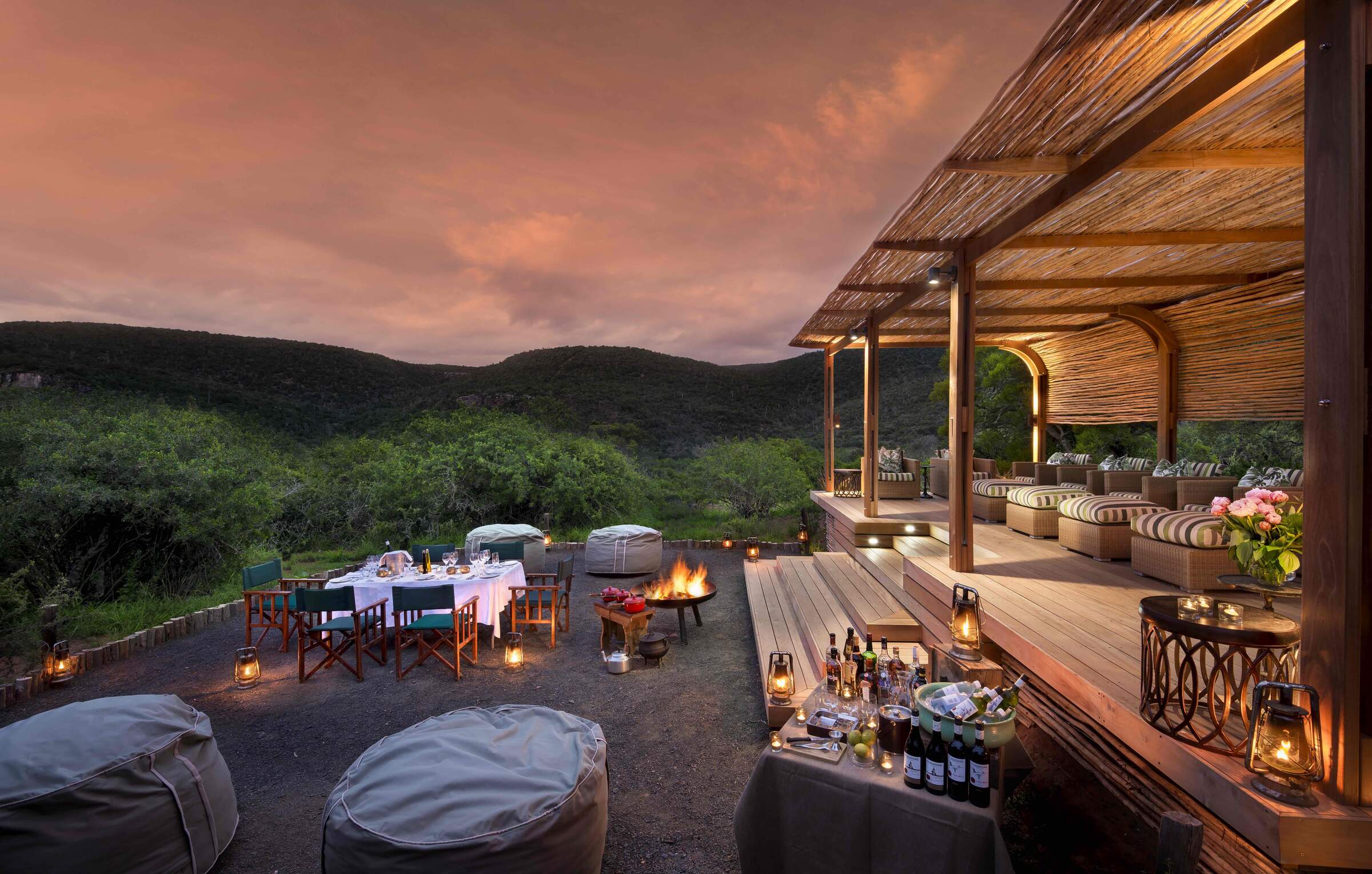
Melton Manor
Explore Kwandwe Reserve’s rich birdlife from the exclusive-use Melton Manor - with a private guide and the possibility to schedule your meals around your activities. Resident African birds include martial eagle, black harrier and the endangered black stork and blue crane.
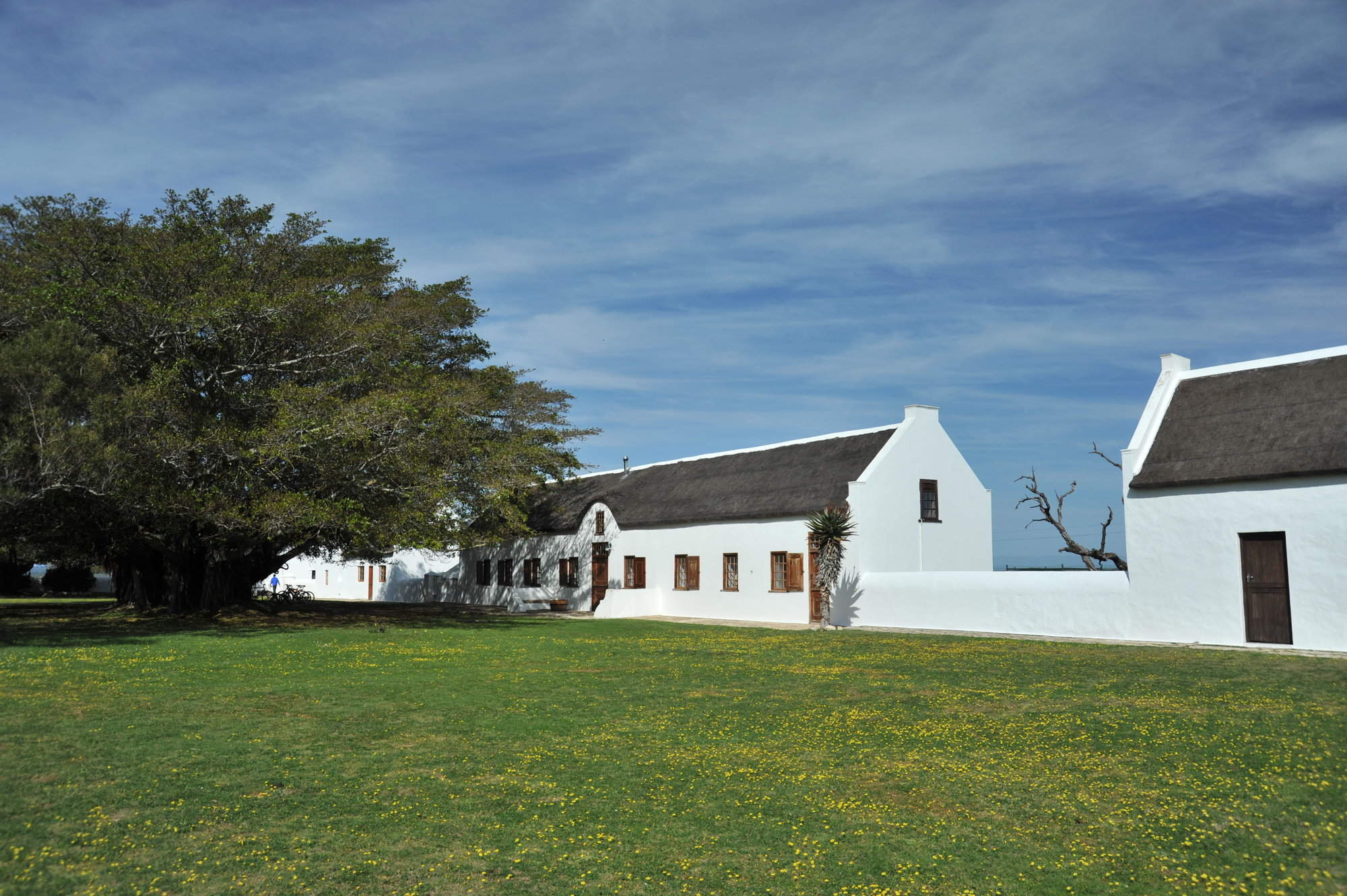
The Opstal
Hosting many African birds including the last breeding colony of Cape vultures in the Western Cape, De Hoop is fantastic for birdwatching in South Africa. Spot ostrich, African harrier-hawk, wading birds, etc. on guided walks around the De Hoop Opstal's vlei and coast.
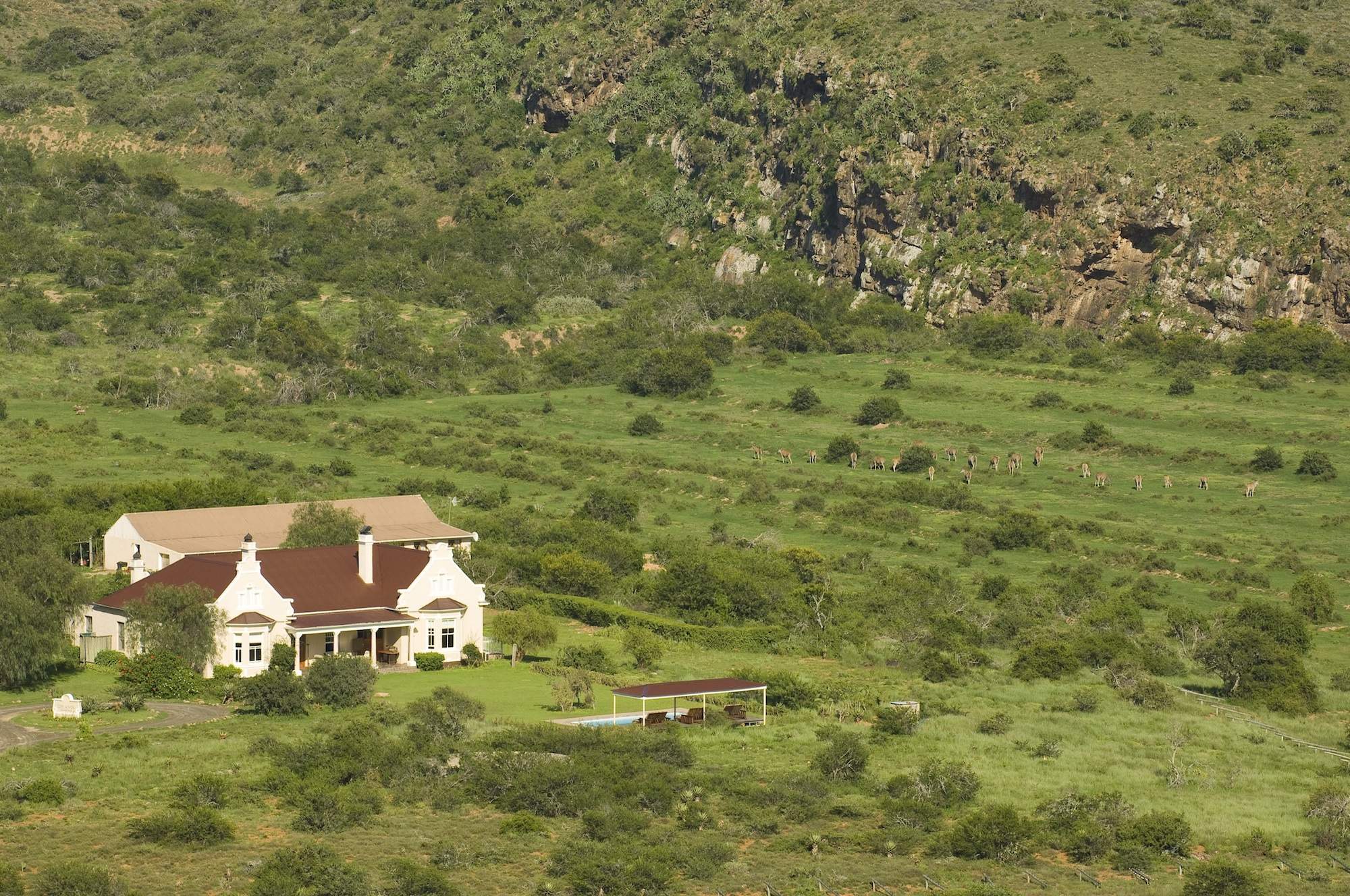
Uplands Homestead
Kwandwe Game Reserve is a popular destination for birding, as it’s home to many endangered species like black stork, martial eagle and of course blue crane, South Africa’s national bird after which Kwandwe was named; it means place of the blue crane in Xhosa.
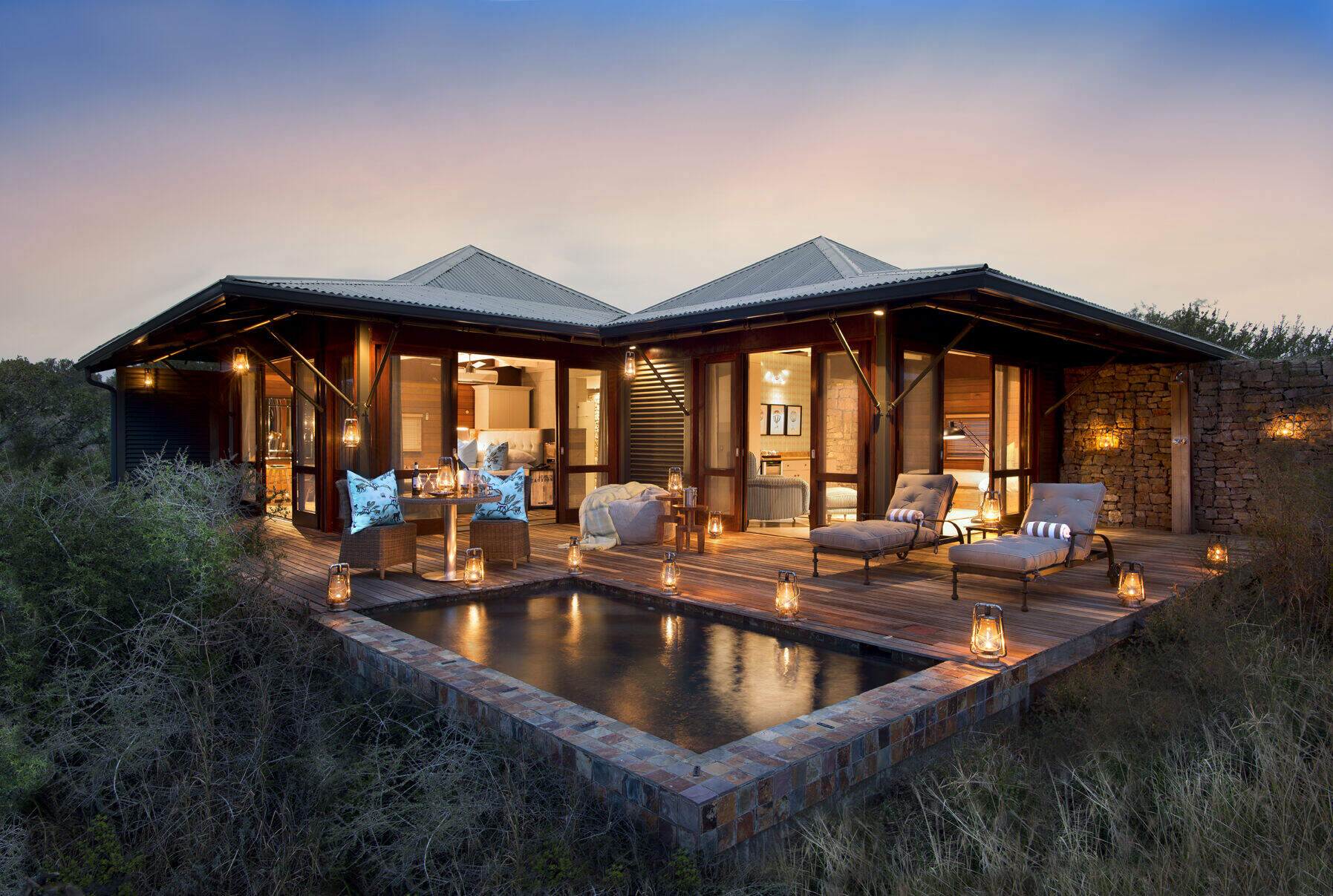
Ecca Lodge
Kwandwe is an attractive destination for South Africa birdwatching as the guiding is good and it is home to many key species like black storks, martial eagles and the stunning blue cranes, South Africa’s national bird, after which the reserve was named.
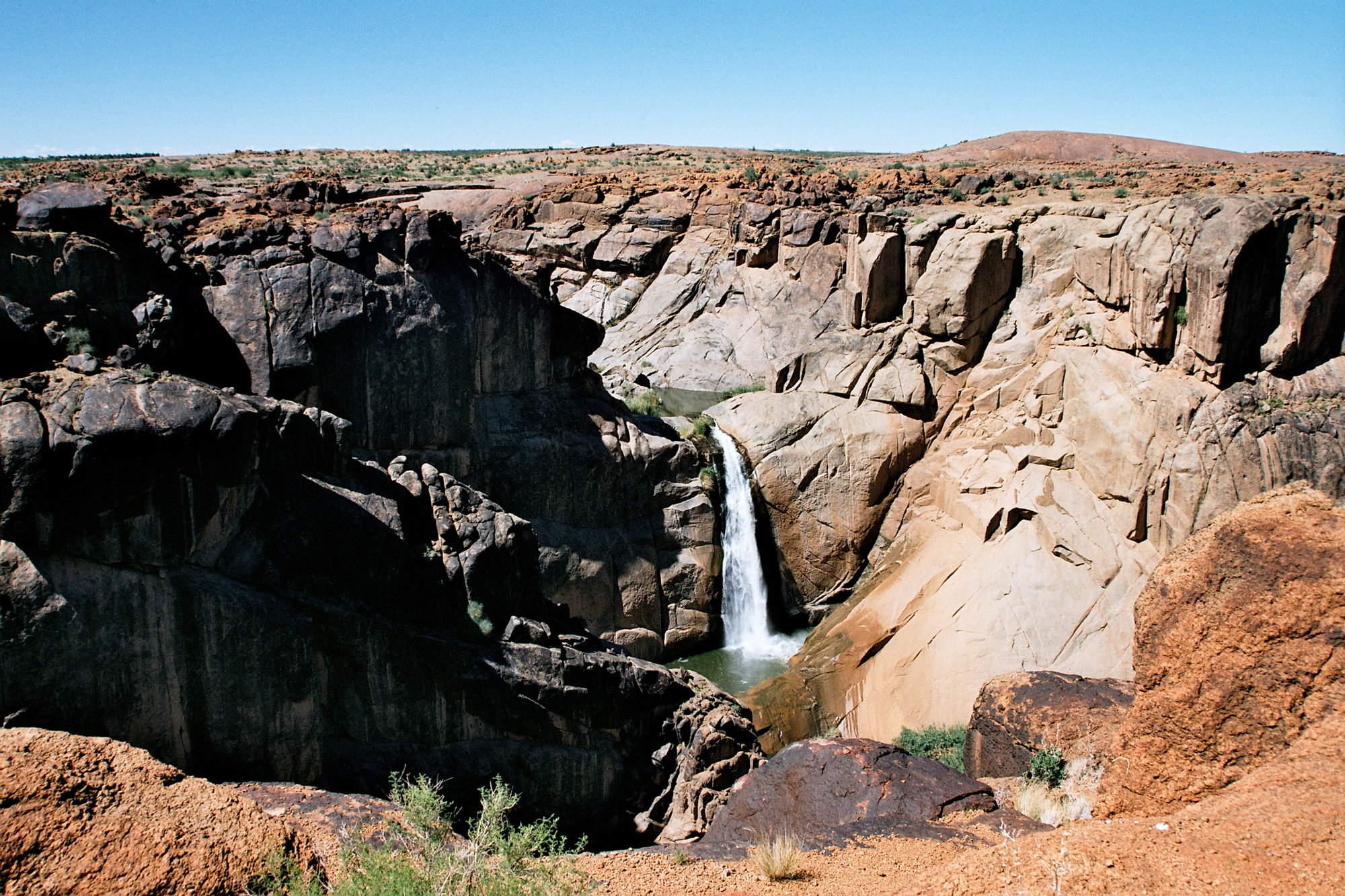
Augrabies Restcamp
A wide variety of habitats can be found at Augrabies Falls, including riverine vegetation, reedbeds, cliffs, acacia thickets and rocky scrubland. Thus, the park has over 180 species and will appeal to those on a birdwatching holiday in South Africa.
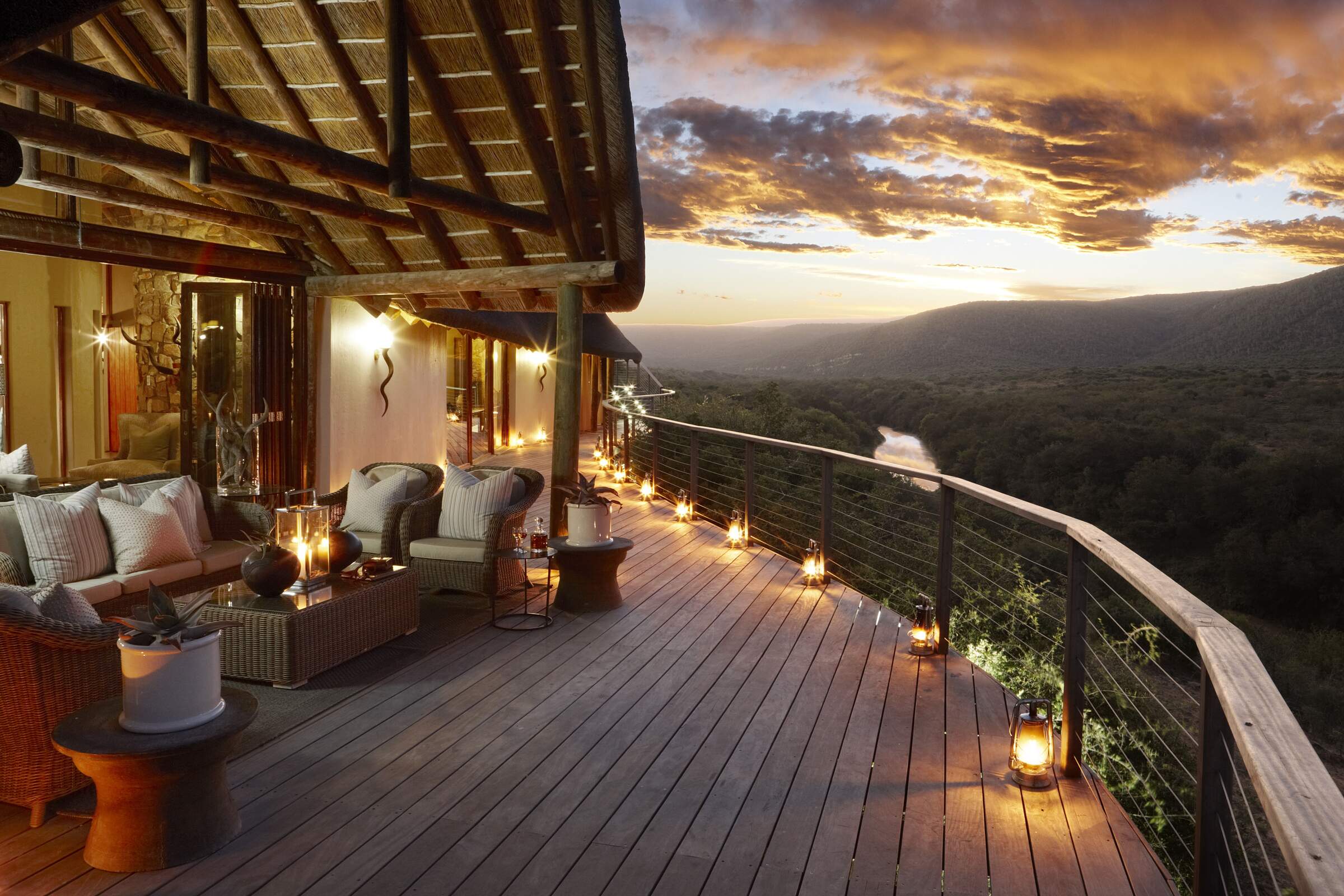
Great Fish River Lodge
Kwandwe Game Reserve is well known among birders as it’s home to many endangered species like black stork and of course blue crane, South Africa’s national bird after which the reserve was named: ‘Kwandwe’ means ‘place of the blue crane’ in Xhosa.

Twee Rivieren
Visit Kgalagadi on your South Africa birdwatching break to see over 250 species of bird, and two-thirds of Southern African raptor species. More colourful varieties include lilac-breasted rollers, crimson-breasted shrikes and the African hoopoe.
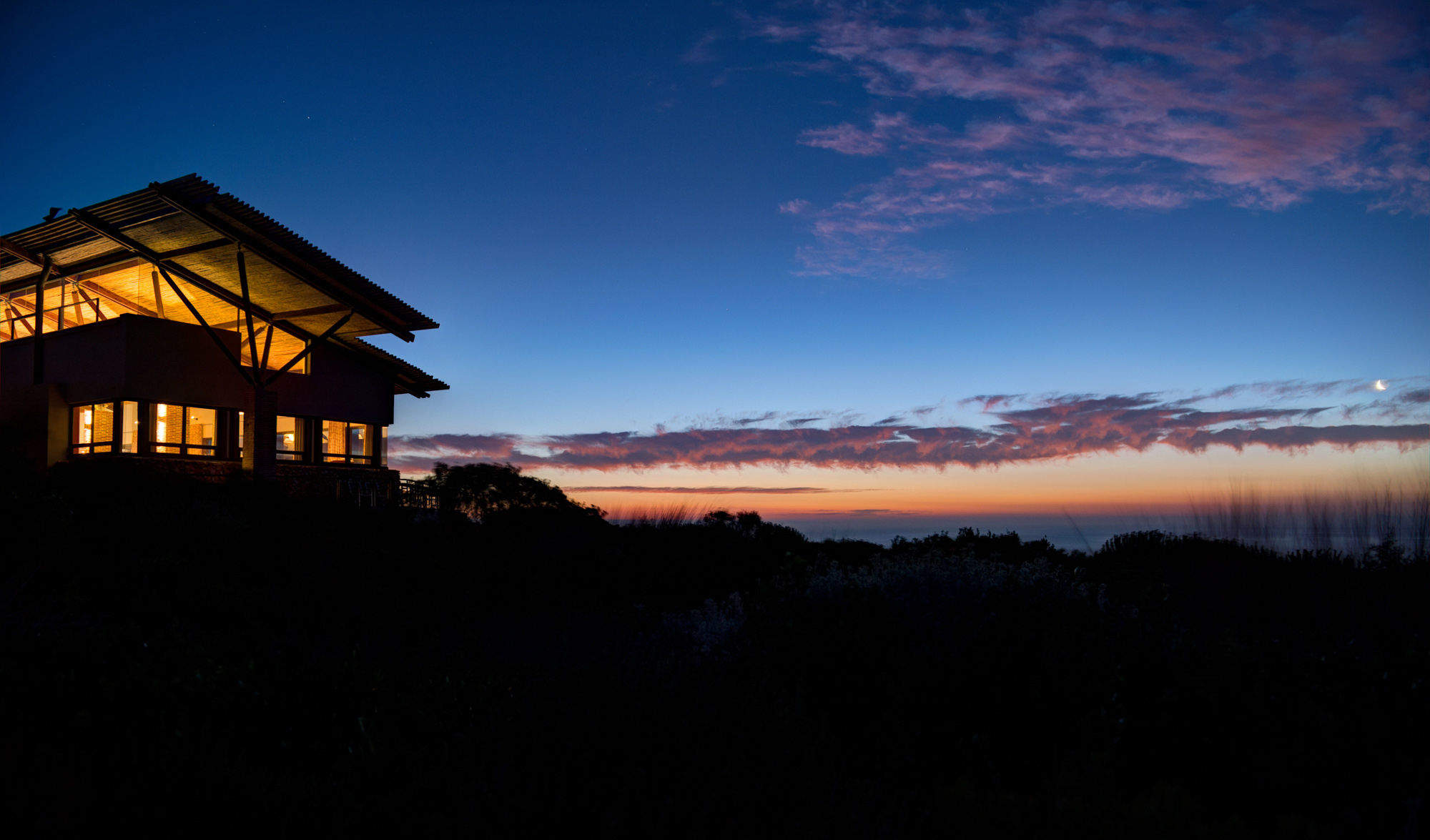
Forest Lodge
Grootbos is a great place for birdwatching in South Africa. The variety of flora lends itself to plenty of bird species including a real range of sunbirds, Cape sugarbirds, black harriers, Cape bulbuls, kites and kestrels as well as many others.
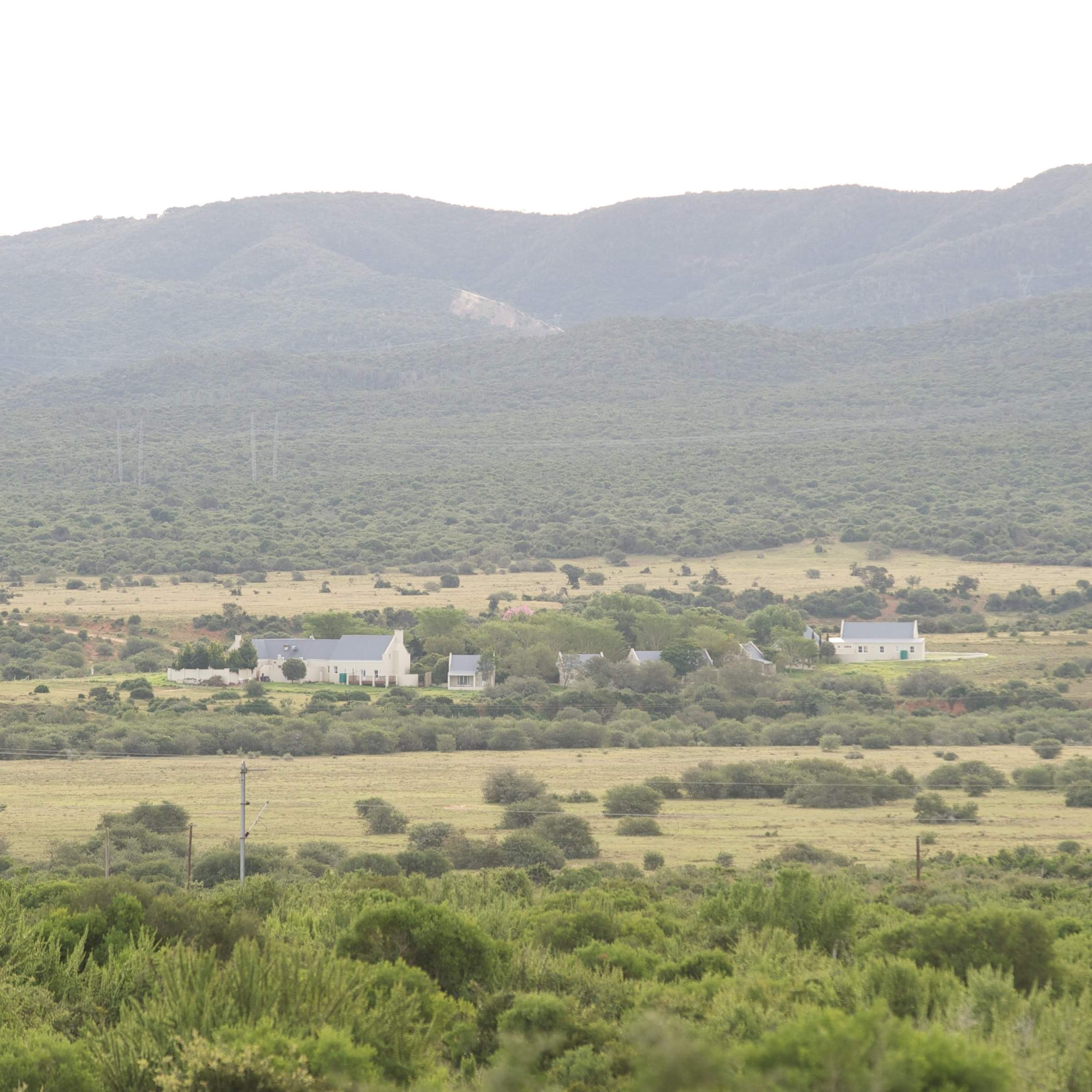
River Bend Lodge
Embracing parts of five biomes, River Bend’s concession is home to an incredible 300 African bird species – the nearby Addo Park hosts even 400 species. All guides at the lodge are trained birders who can take you on a private birding trip.
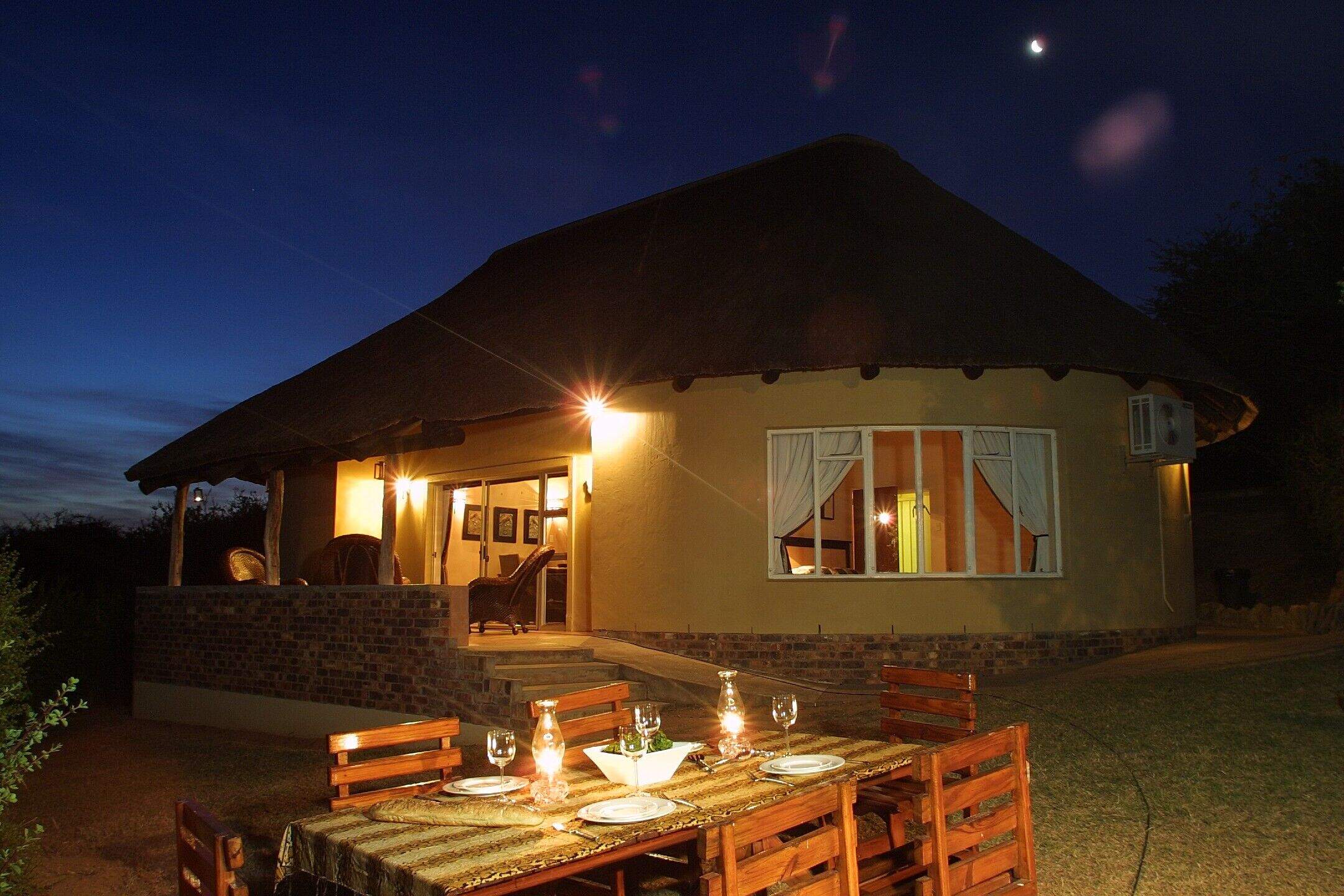
Addo Main Camp
Addo Main Camp appeals to birders in South Africa due to its bird hide which overlooks a little wetland. Look out here for 200 bird species reported in this section of the park. The whole park hosts over 400 bird species.
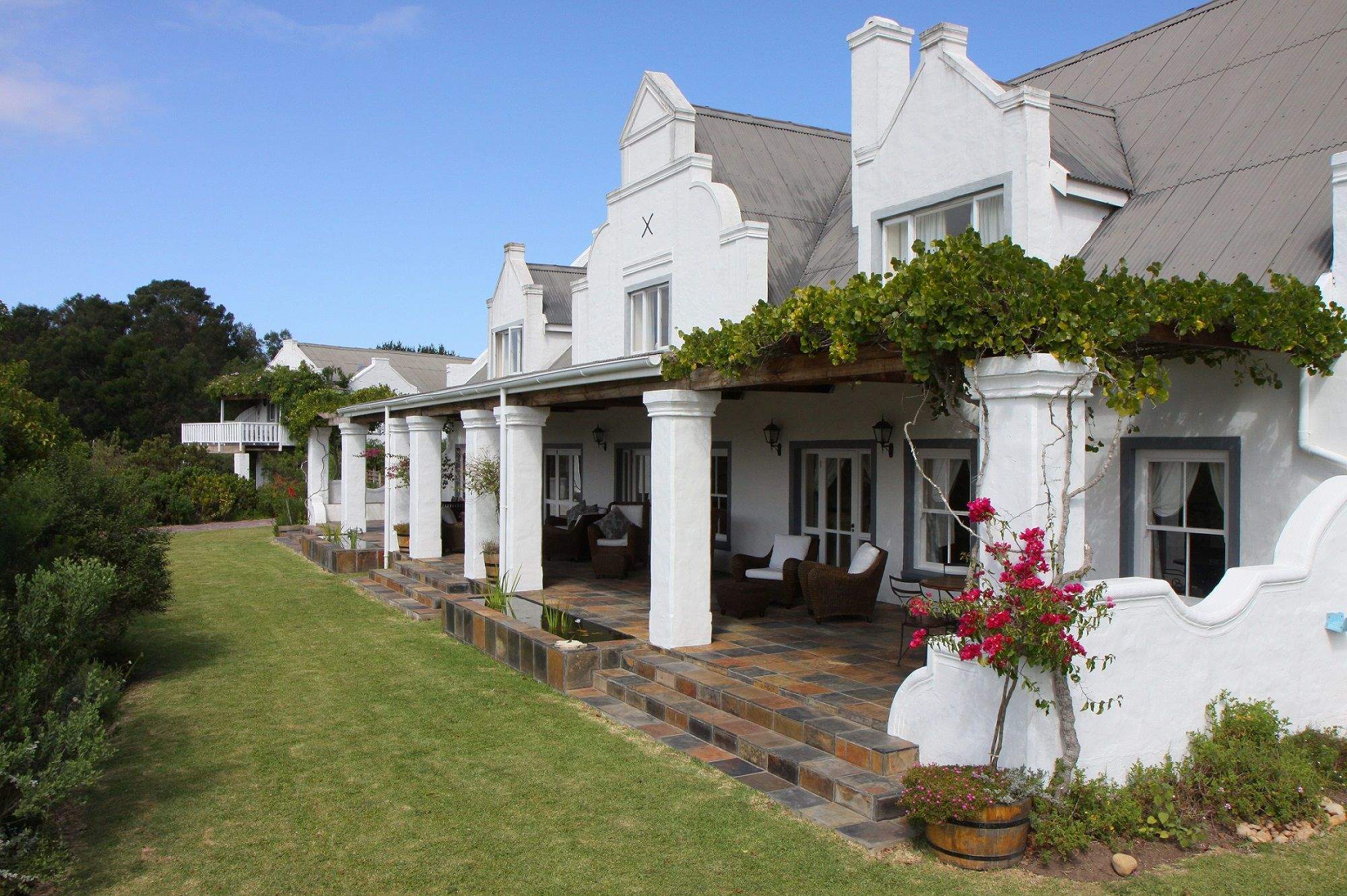
Fynbos Ridge
Fynbos Ridge is a lovely spot for birding in South Africa, with 85 different bird species identified on the property. Look out in particular for the Knysna woodpecker, which is endemic to the Plettenberg Bay area.
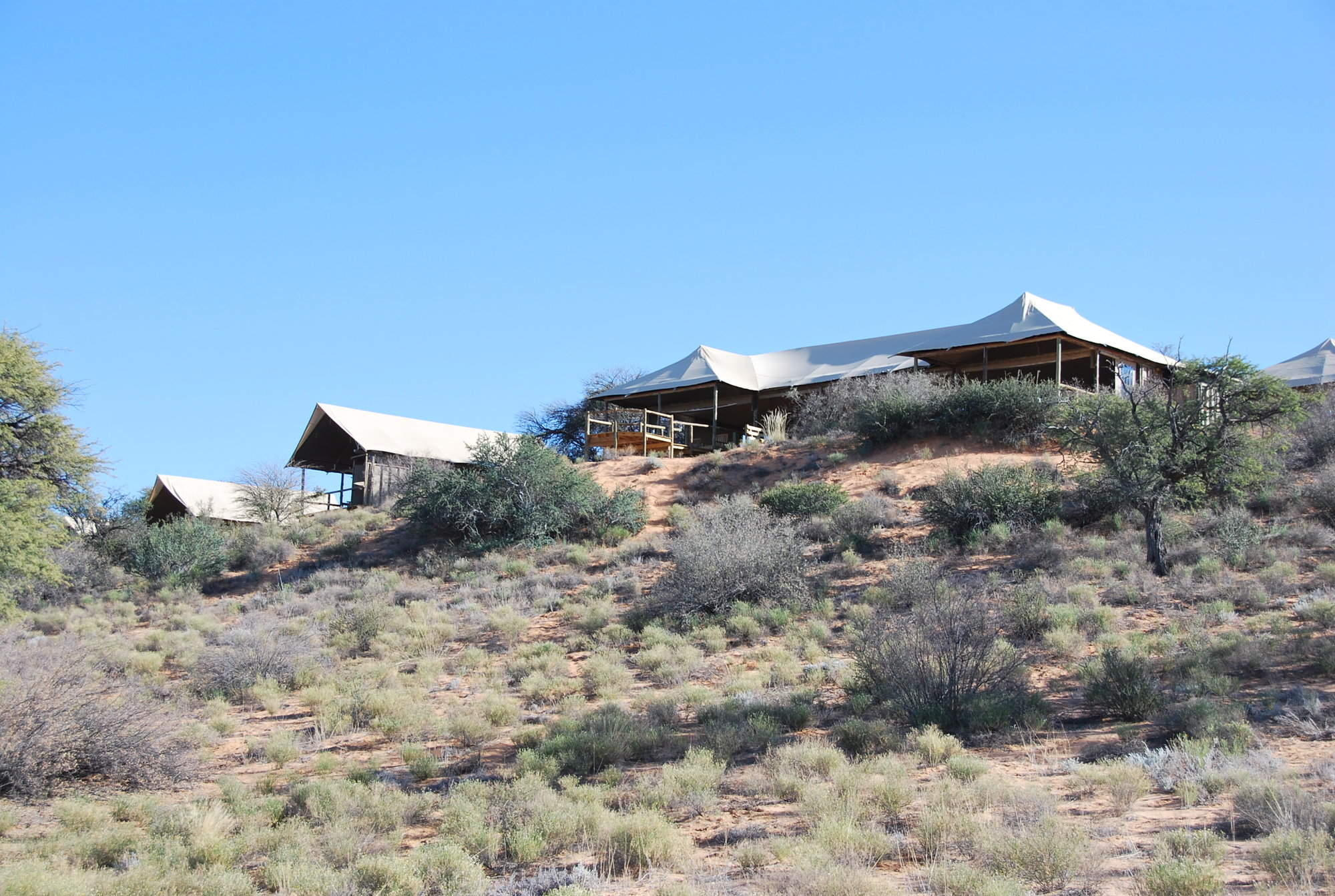
Ta Shebube Polentswa
With 300 species of birds reported (52 of these being raptors) Polentswa is a haven for birdwatching in South Africa. Furthermore, a bird hide inside the camp’s concession offers the ideal location for birding.
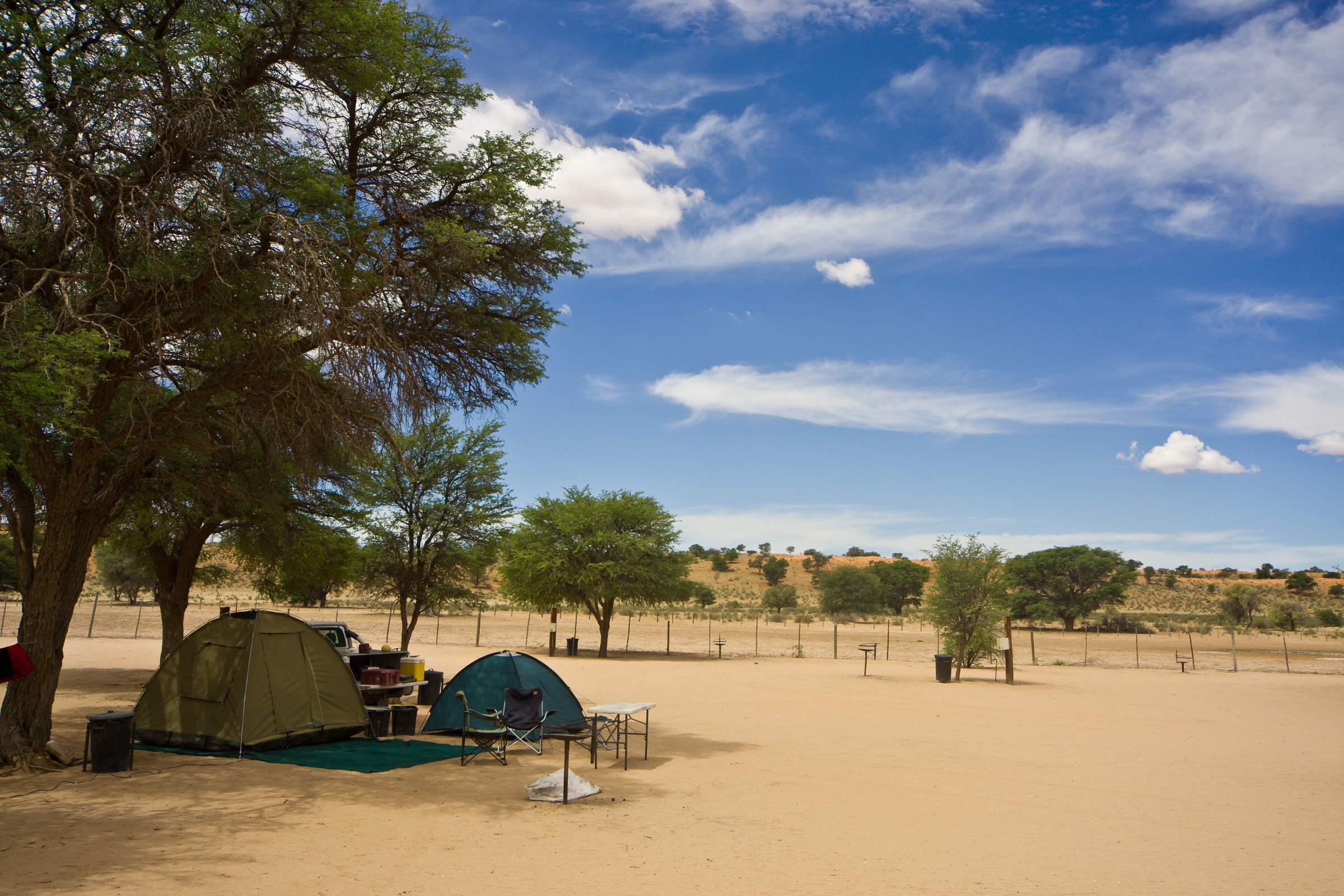
Mata Mata Rest Camp
As part of a birding trip to South Africa the Kglagadi Transfrontier Park offers the chance to see 264 species of bird. Both resident and migrant species can be found here, and it is also great for raptors.
Birdwatching safaris elsewhere in Africa
Our top ideas and inspiration for Birdwatching safaris in other countries.
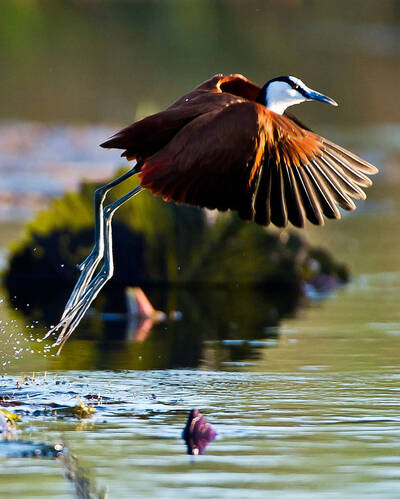
Botswana
Much of northern Botswana consists of vast tracts of untouched wilderness with plenty of wildlife...
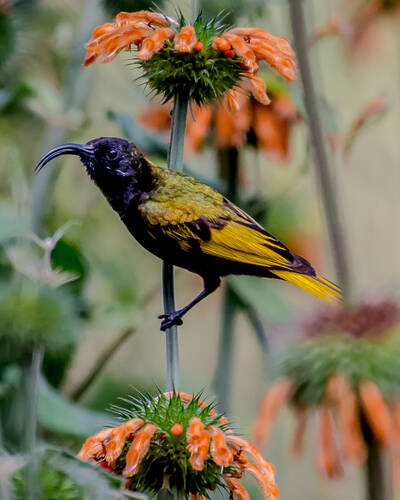
Kenya
Kenya is a prime destination for a birdwatching holiday at any time of year. Tremendous geographical ...
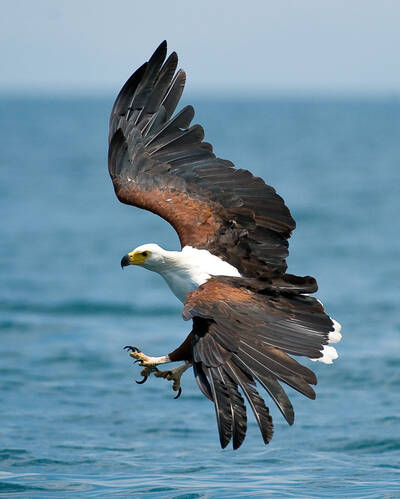
Malawi
Malawi has a number of species which are rare in the rest of Southern Africa, and birdwatching ...
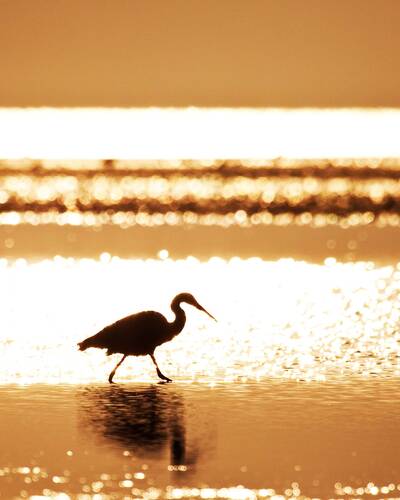
Mozambique
Mozambique stretches over 2000km from north to south. It is a lush and varied country, and birding ...
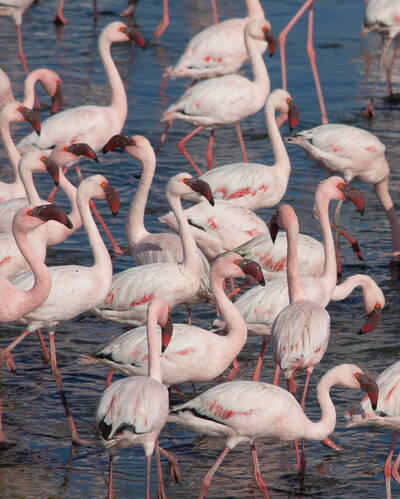
Namibia
The best time for bird watching in Namibia is during the rains - typically between around November ...
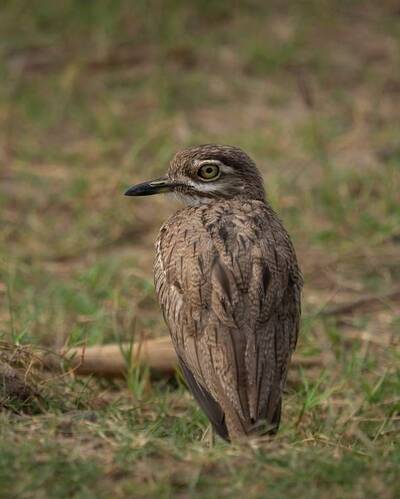
Rwanda
Birdwatching in Rwanda is somewhat overlooked in favour of gorilla-trekking trips. However, birdlife ...
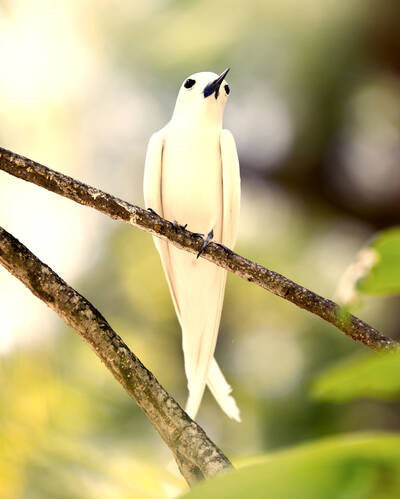
Seychelles
The Seychelles is a disparate group of islands - some granitic; some coralline - scattered around ...
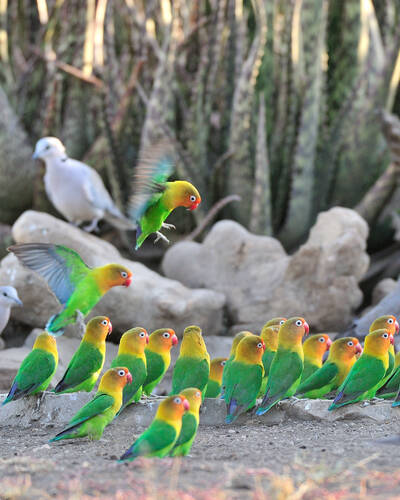
Tanzania
With a range of endemic bird species, Tanzania is a great location for a birdwatching holiday. ...
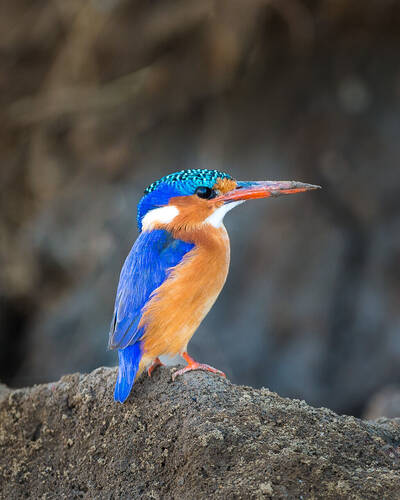
Zambia
Birdwatching in Zambia will reveal a mix of south, east and even central African birds. Birdlife ...
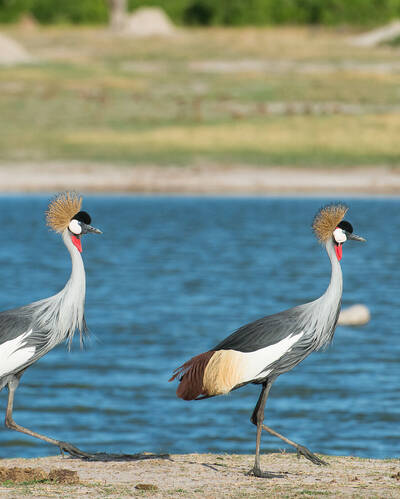
Zimbabwe
Whilst Zimbabwe doesn't have any endemics, it's still great for bird watching. A Zimbabwe holiday ...
Where to see wildlife species in South Africa
Maximise the chances of seeing your favourite animals based on traveller sightings reports from the field.
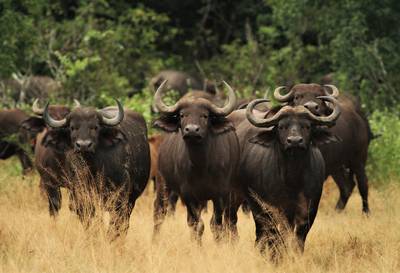
Buffalo
Syncerus caffer
One of the ‘Big Five’, buffalo earned a fearsome reputation in hunters’ tales. By contrast, big herds of these sociable bovids are placid, but mount formidable defences against predators.
83% SUCCESS
3,129 sightings from 3,778 observations
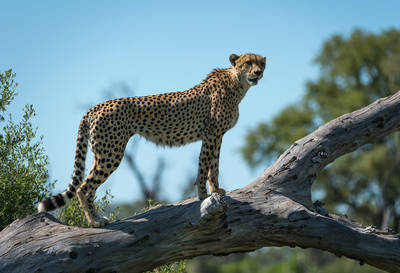
Cheetah
Acinonyx jubatus
The cheetah is the fastest land animal and the only cat that hunts by pure speed. Found largely in open grasslands, its slim, elegant form is today an increasingly rare sight.
33% SUCCESS
1,306 sightings from 3,909 observations
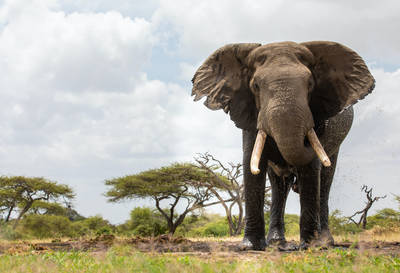
Elephant
Loxodonta africana
By far the biggest of the so-called Big Five – indeed, the largest land animal on the planet – the elephant shapes the very landscape it inhabits and is a defining presence on any safari.
91% SUCCESS
4,480 sightings from 4,924 observations
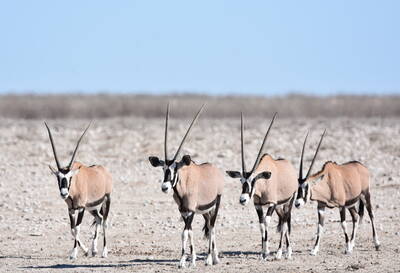
Oryx
Oryx sp.
Oryx are impressive antelopes, with a powerful physique and elegant markings set off by rapier-like horns. They cut a distinctive dash in some of Africa’s harshest landscapes.
69% SUCCESS
1,626 sightings from 2,358 observations
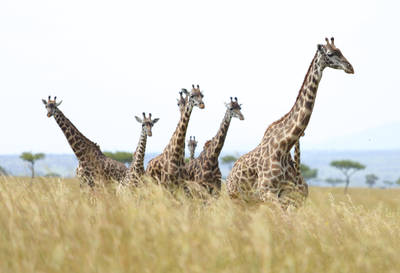
Giraffe
Giraffa camelopardalis
The world’s tallest land mammal, giraffes are herbivores which have evolved many unique adaptations. Their iconic outlines tower above the bush in many of Africa’s wildlife areas.
86% SUCCESS
4,324 sightings from 5,048 observations
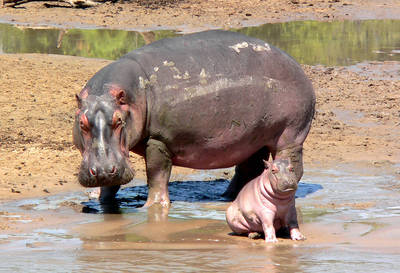
Hippo
Hippopotamus amphibius
The territorial calls of the hippo create a signature soundtrack to Africa’s rivers & wetlands. Despite an endearing smile, this aquatic herbivore has a notoriously aggressive disposition.
89% SUCCESS
3,261 sightings from 3,659 observations
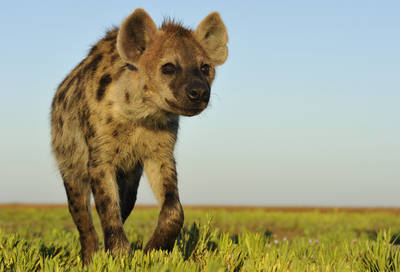
Spotted Hyena
Crocuta crocuta
The spotted hyena may be thought of as ‘ugly’ and ‘cowardly’. In fact, this versatile and intelligent carnivore is one of Africa’s most fascinating and warrants attention on any safari.
55% SUCCESS
2,651 sightings from 4,847 observations
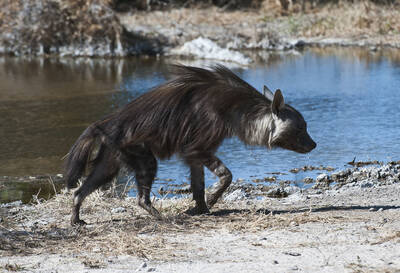
Brown Hyena
Parahyaena brunnea
This largely solitary scavenger is one of the more elusive and little-known of Africa’s carnivores. Shaggier than its spotted cousin, it occurs only in the arid southwest of the continent.
16% SUCCESS
297 sightings from 1,899 observations
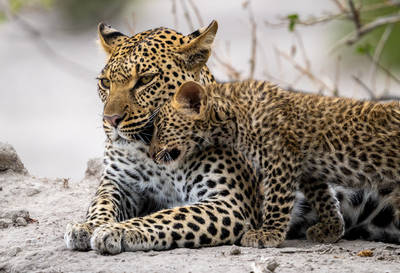
Leopard
Panthera pardus
The most numerous of Africa’s big cats, leopard occur across many habitats, from wild tracts to populated areas. Their grace and their elusive nature make them a unique safari drawcard.
47% SUCCESS
2,395 sightings from 5,094 observations
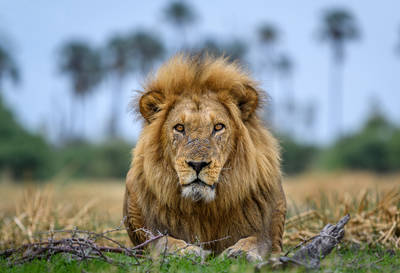
Lion
Panthera leo
Lions are at the top of the food chain and also most safari wish-lists, but with their numbers falling fast, any encounter with these majestic apex predators always feels like a privilege.
81% SUCCESS
3,716 sightings from 4,587 observations
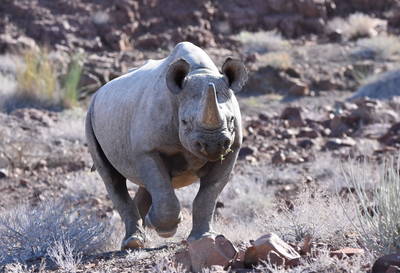
Black Rhino
Diceros bicornis
The black rhino is the smaller and rarer of Africa’s two rhino species but has the more fearsome reputation. Shy and heavily persecuted, it tends to stick to cover.
30% SUCCESS
761 sightings from 2,526 observations
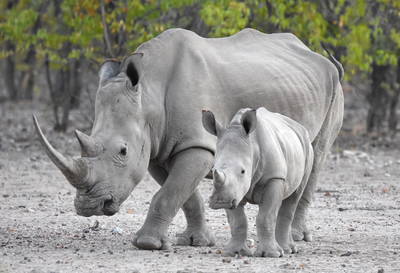
White Rhino
Ceratotherium simum
The white rhino is the largest and most numerous of the world’s five rhinoceros species. They are larger, easier to see and generally more approachable than the black rhino.
43% SUCCESS
624 sightings from 1,435 observations
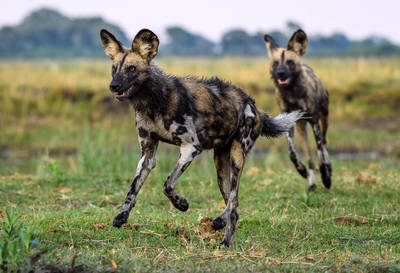
Wild dog
Lycaon pictus
African wild dogs are among the continent’s most compelling animals. Much misunderstood, these rare, tie-dyed canids are amazingly efficient hunters with a fascinating social life.
32% SUCCESS
1,061 sightings from 3,360 observations
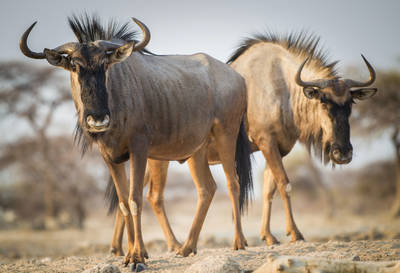
Wildebeest
Connochaetes sp.
Superficially bovine in appearance, wildebeests are known for their spectacular migrations sometimes in huge numbers. These resilient animals are some of Africa’s most successful herbivores.
67% SUCCESS
3,040 sightings from 4,505 observations
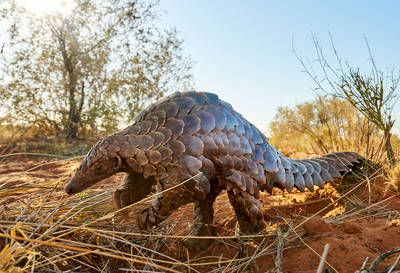
Pangolin
Smutsia sp.
Pangolins appear to be more pine cone than animal in their unique armoury of scales. These nocturnal, ant-eating oddities are not only highly elusive but also increasingly rare.
2% SUCCESS
70 sightings from 4,077 observations
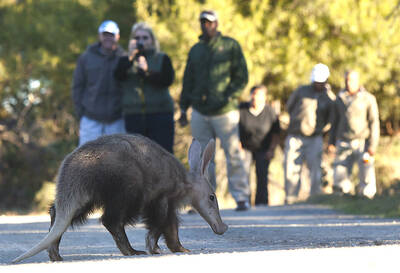
Aardvark
Orycteropus afer
The aardvark is one of Africa’s most bizarre and enigmatic animals. A shy, nocturnal termite-eater, signs of its presence may be scattered about the bush whilst sightings remain elusive.
2% SUCCESS
83 sightings from 4,037 observations
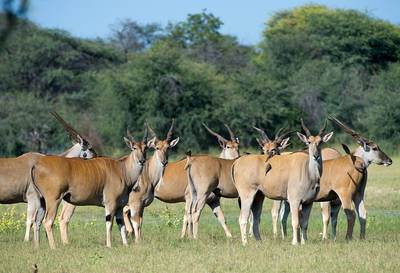
Eland
Taurotragus oryx
Africa’s largest antelope, eland are culturally important from prehistoric rock art to modern game farms. Though widespread, they are also shy so sightings are uncommon and often fleeting.
49% SUCCESS
1,774 sightings from 3,600 observations
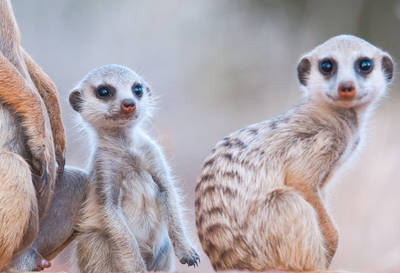
Meerkat
Suricata suricatta
These highly sociable little mammals have an endearing appearance and comical antics. Found in the drier areas of Southern Africa, close encounters are a sought-after experience.
20% SUCCESS
103 sightings from 516 observations
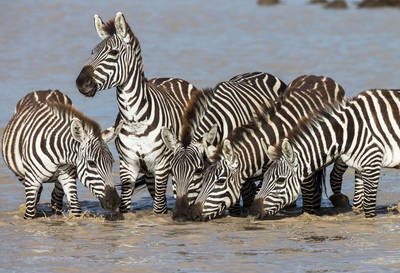
Zebra
Equus sp.
The zebra is a quintessential African animal: the horse in stripy pyjamas at the end of every child’s A–Z. There are three species, of which the plains zebra is much the most common.
84% SUCCESS
4,705 sightings from 5,598 observations
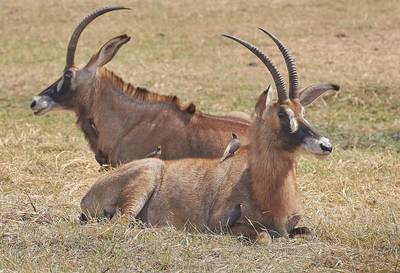
Roan antelope
Hippotragus equinus
Africa’s second largest antelope and one of its most handsome, with a powerful build and distinctive markings, roan are wary of people, but renowned for their bravery against predators.
25% SUCCESS
607 sightings from 2,464 observations
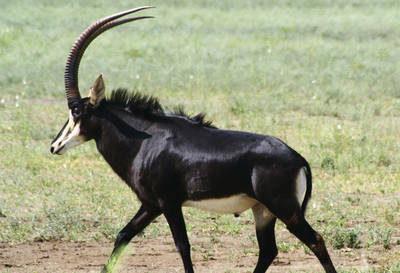
Sable antelope
Hippotragus niger
Perhaps Africa’s most beautiful antelope, sable are renowned for their combative nature, even holding off lions. Shy and restricted in range, sightings of sable are always special.
24% SUCCESS
587 sightings from 2,475 observations

Looking for inspiration on where to travel next?
Visit our trip chooser to explore your options and find inspiration for your perfect African adventure
Inspire meOther styles of holiday in South Africa
Discover all that South Africa has to offer
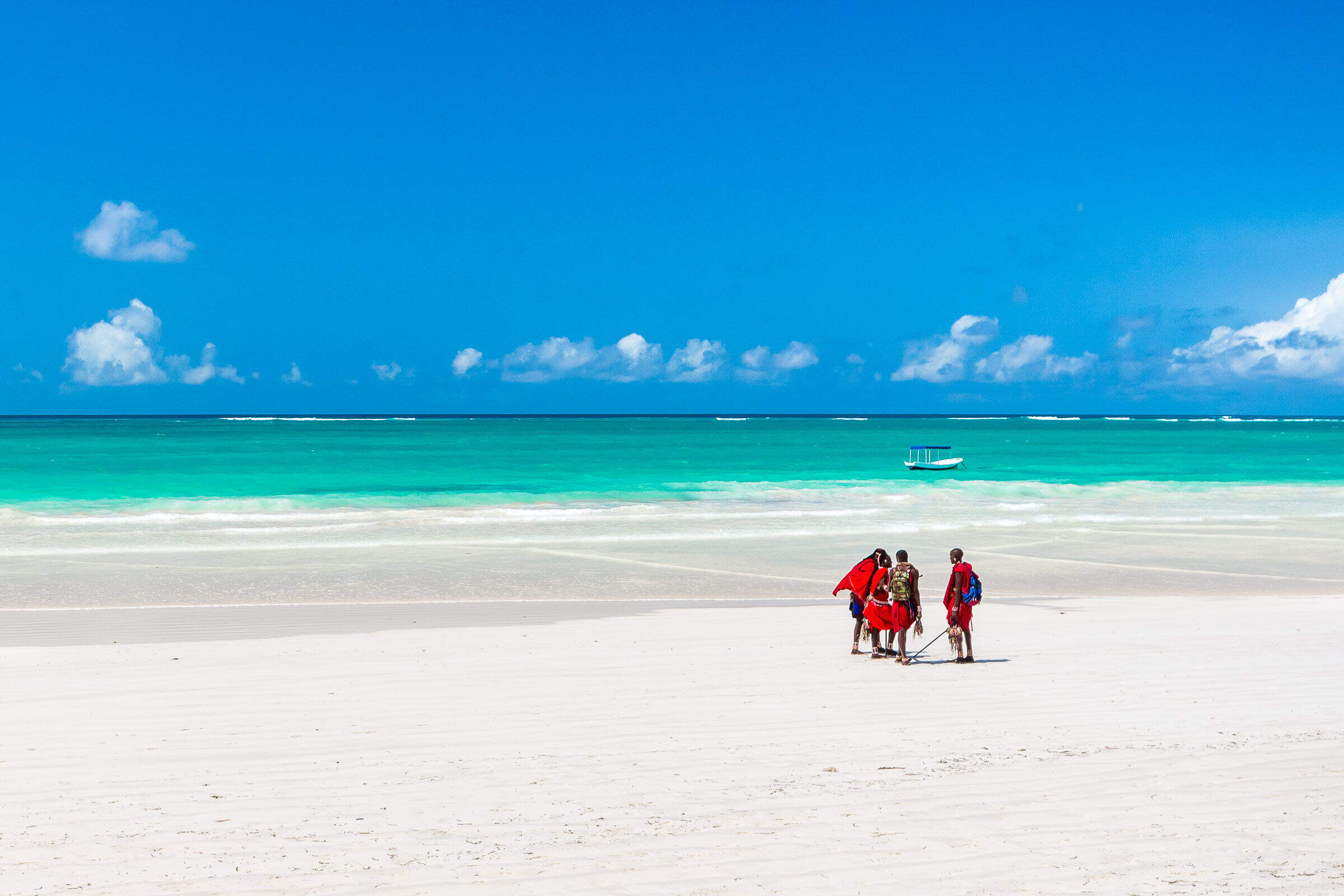
Beach holidays
Discover Africa's coast and tropical islands.
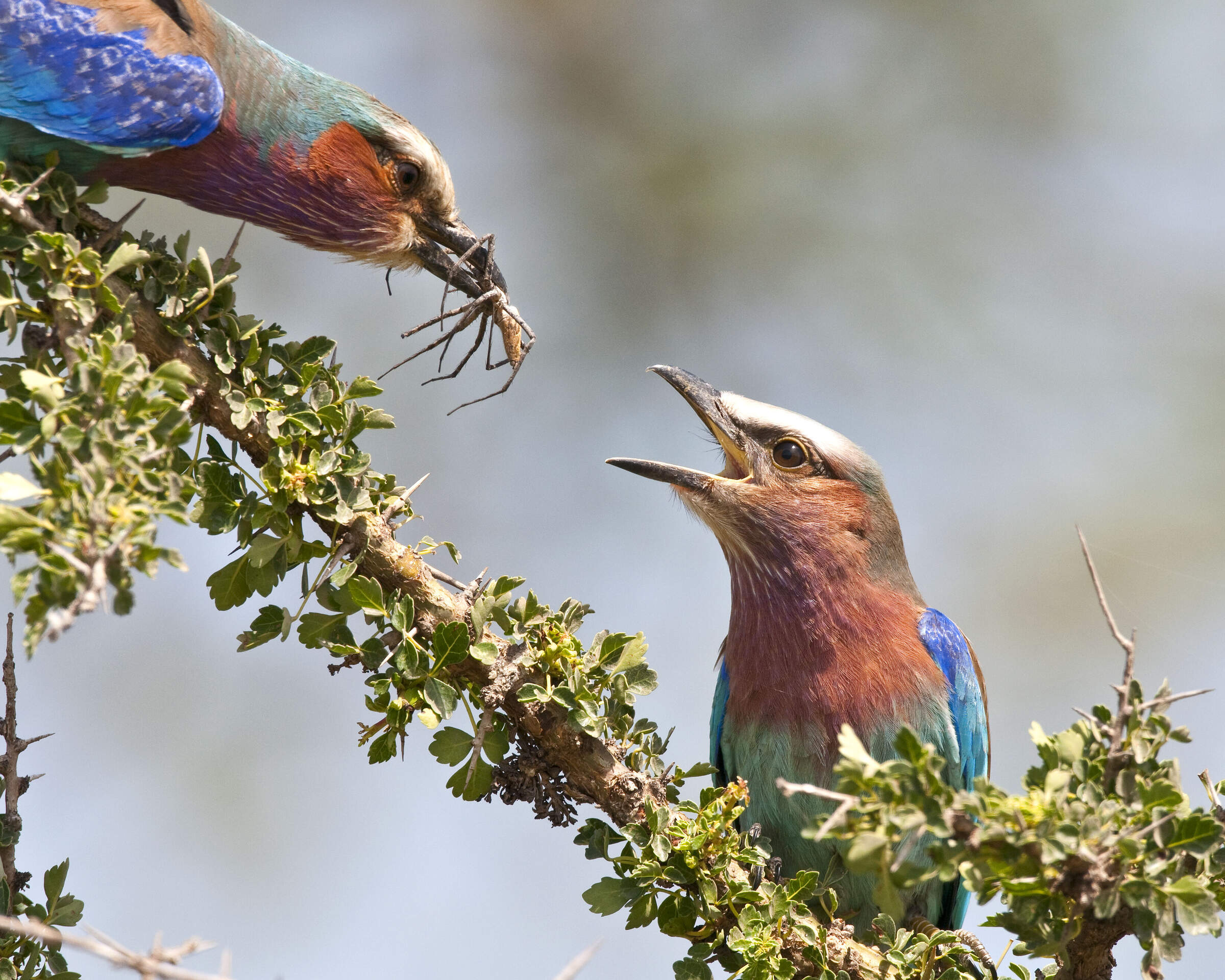
Birdwatching safaris
Diverse habitats, discreet hides and superb guiding.
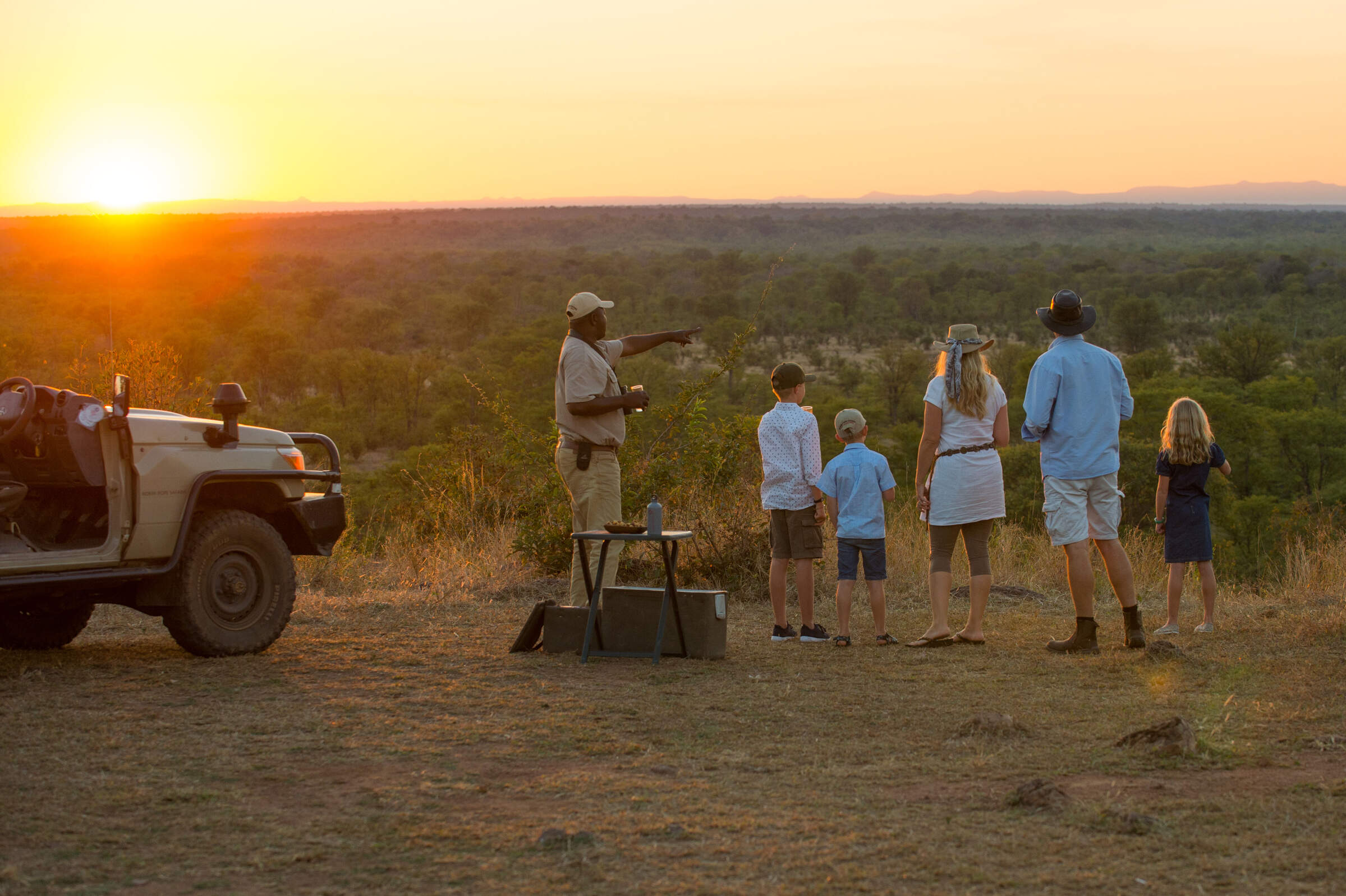
Family safaris
Our collection of incredible family safaris
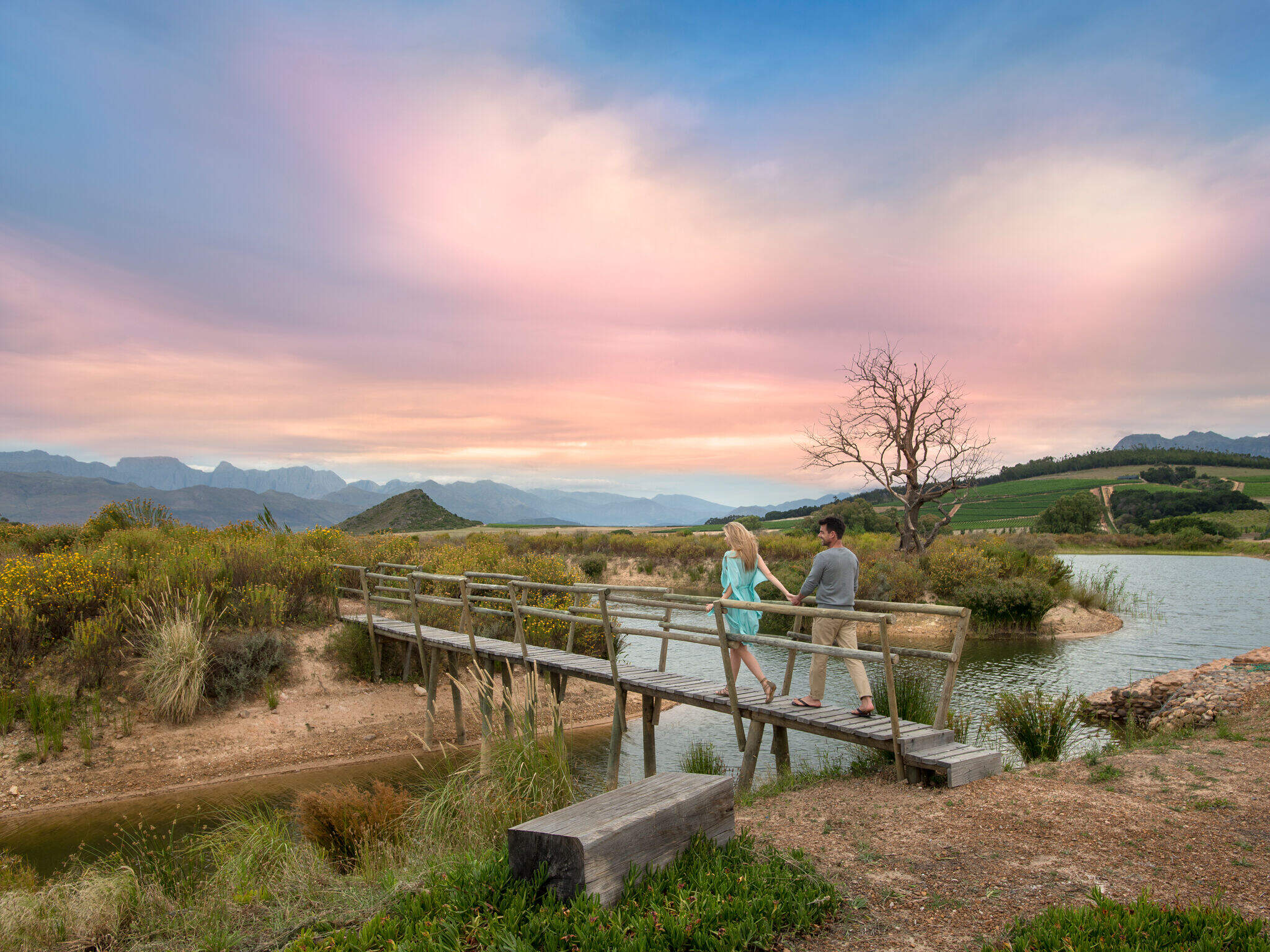
Honeymoons
Romantic safaris and castaway island retreats.
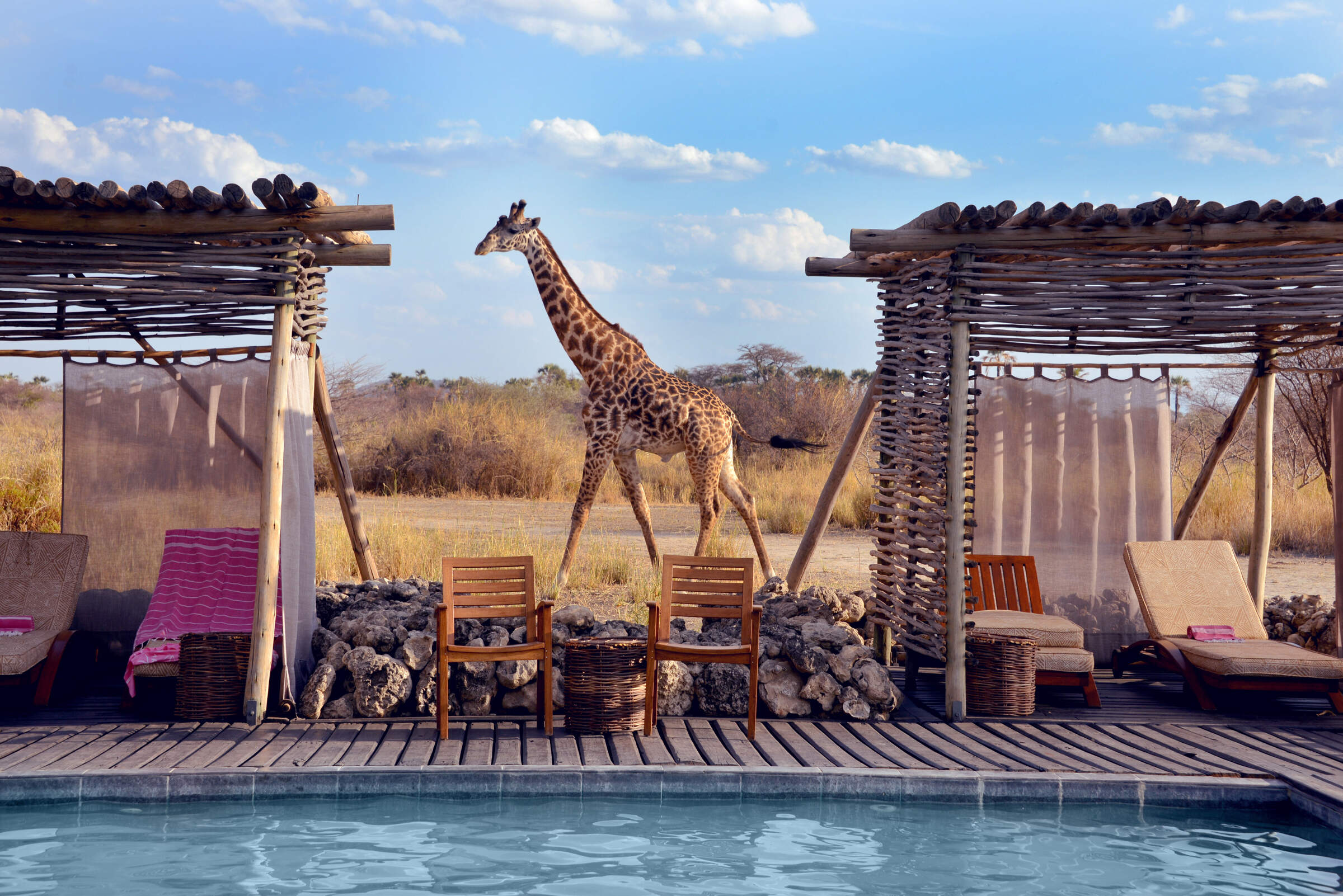
Luxury safaris
First-class service, scenic vistas and unparalleled comfort await you during these carefully selected luxury holidays.
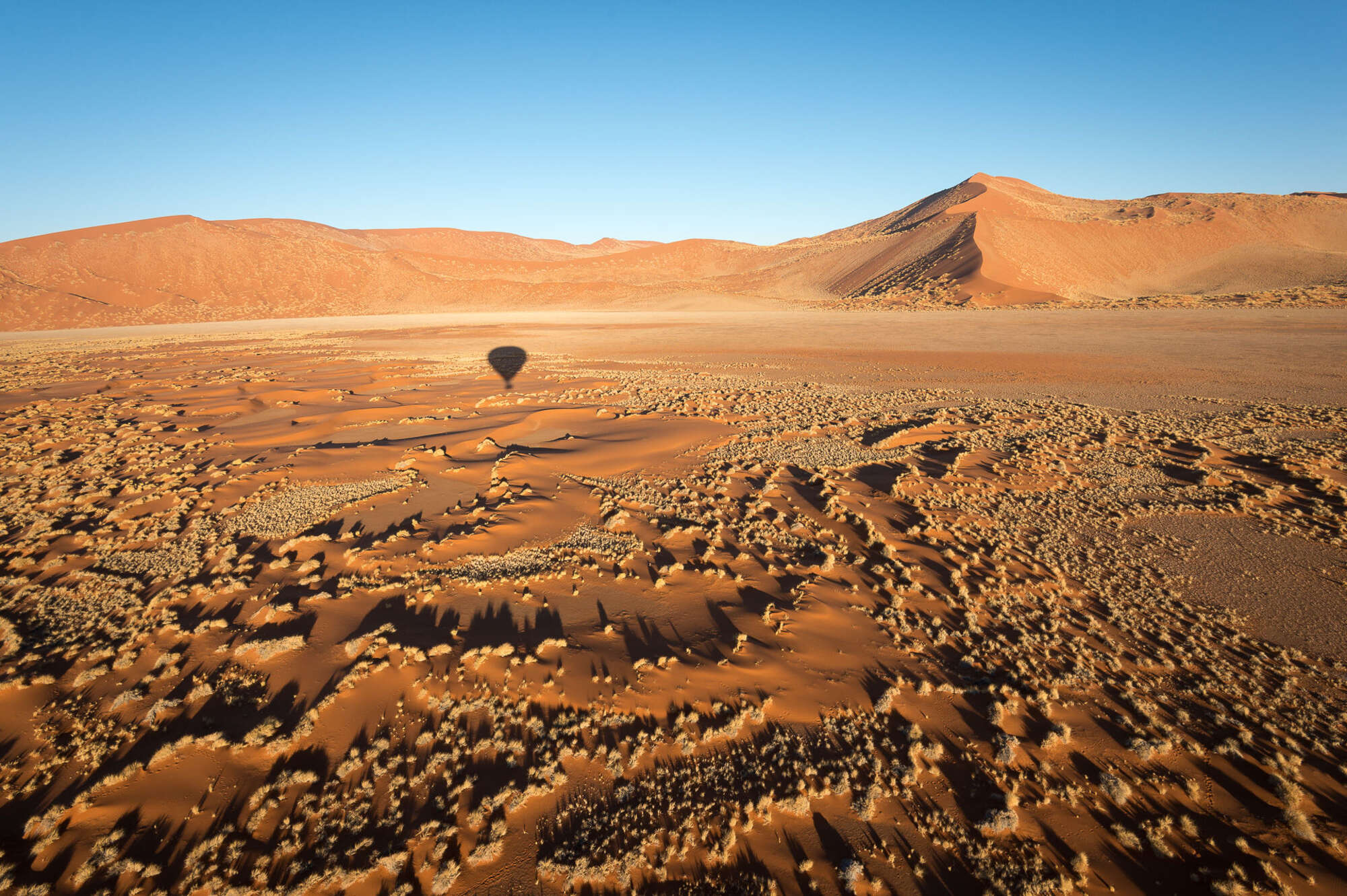
Photography safaris
Great holidays to suit the keen photographer.
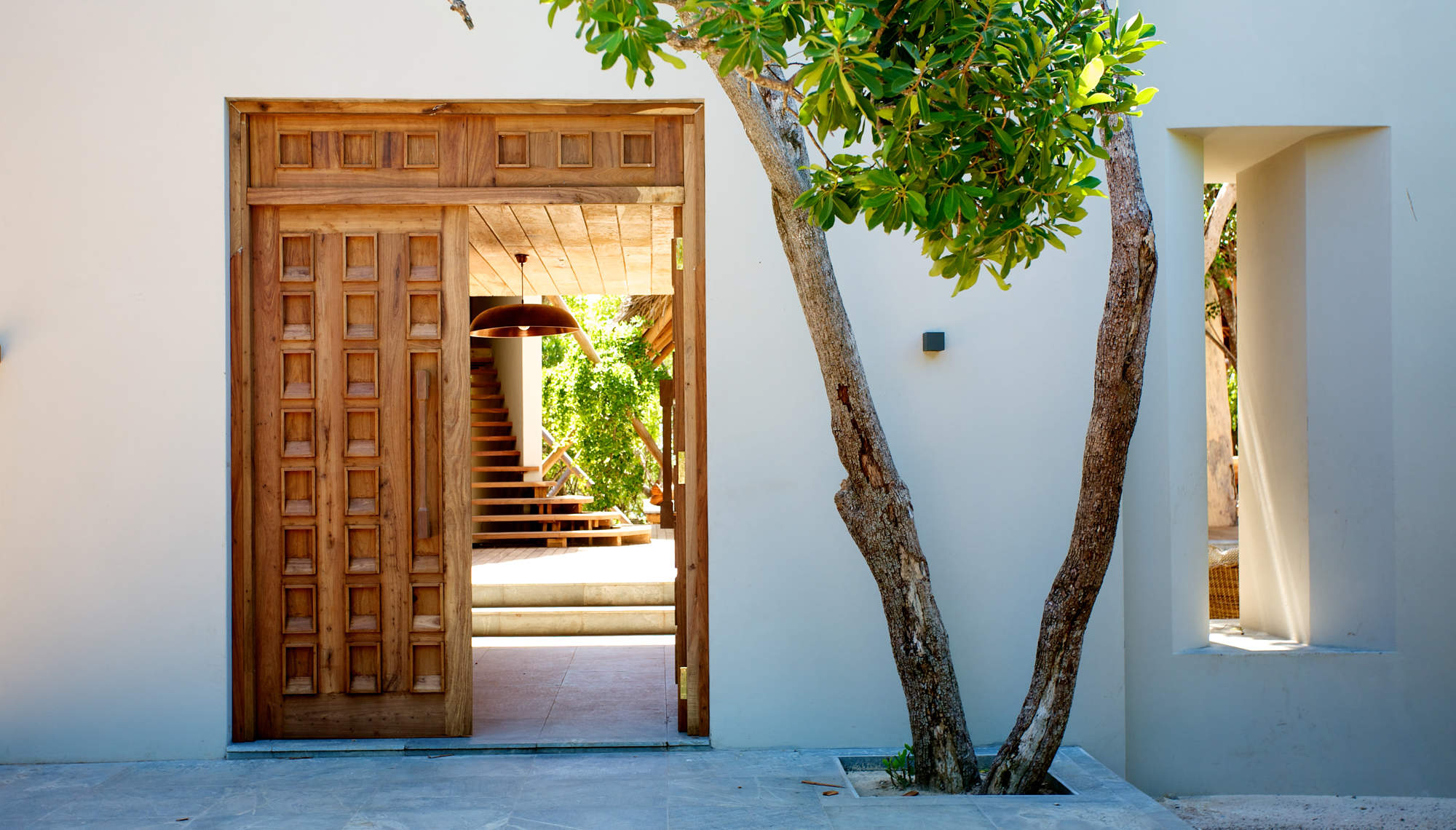
Private safari camps & lodges
Enjoy Africa with just your friends & family
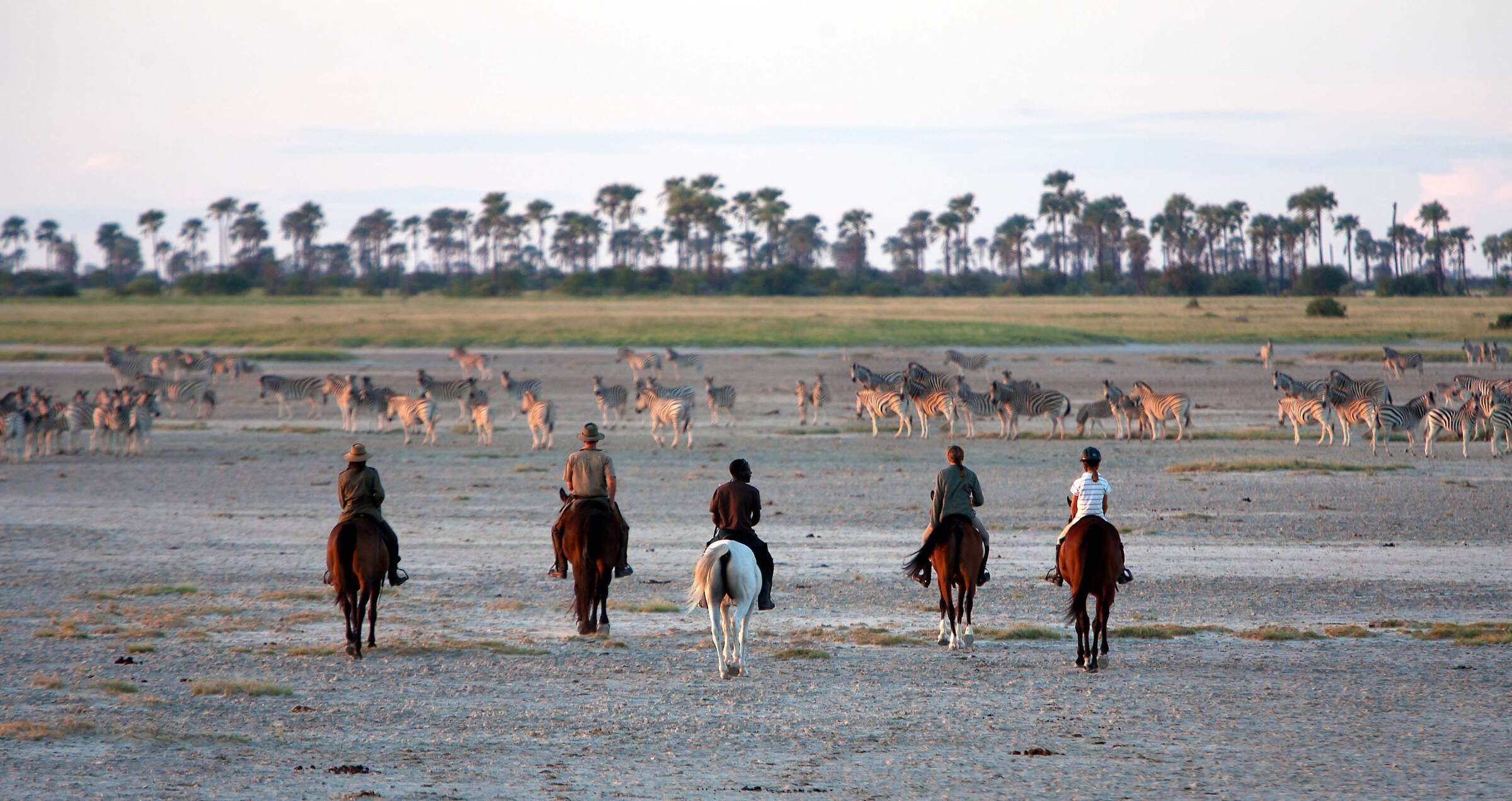
Riding safaris
Explore Africa's wilderness on horseback.
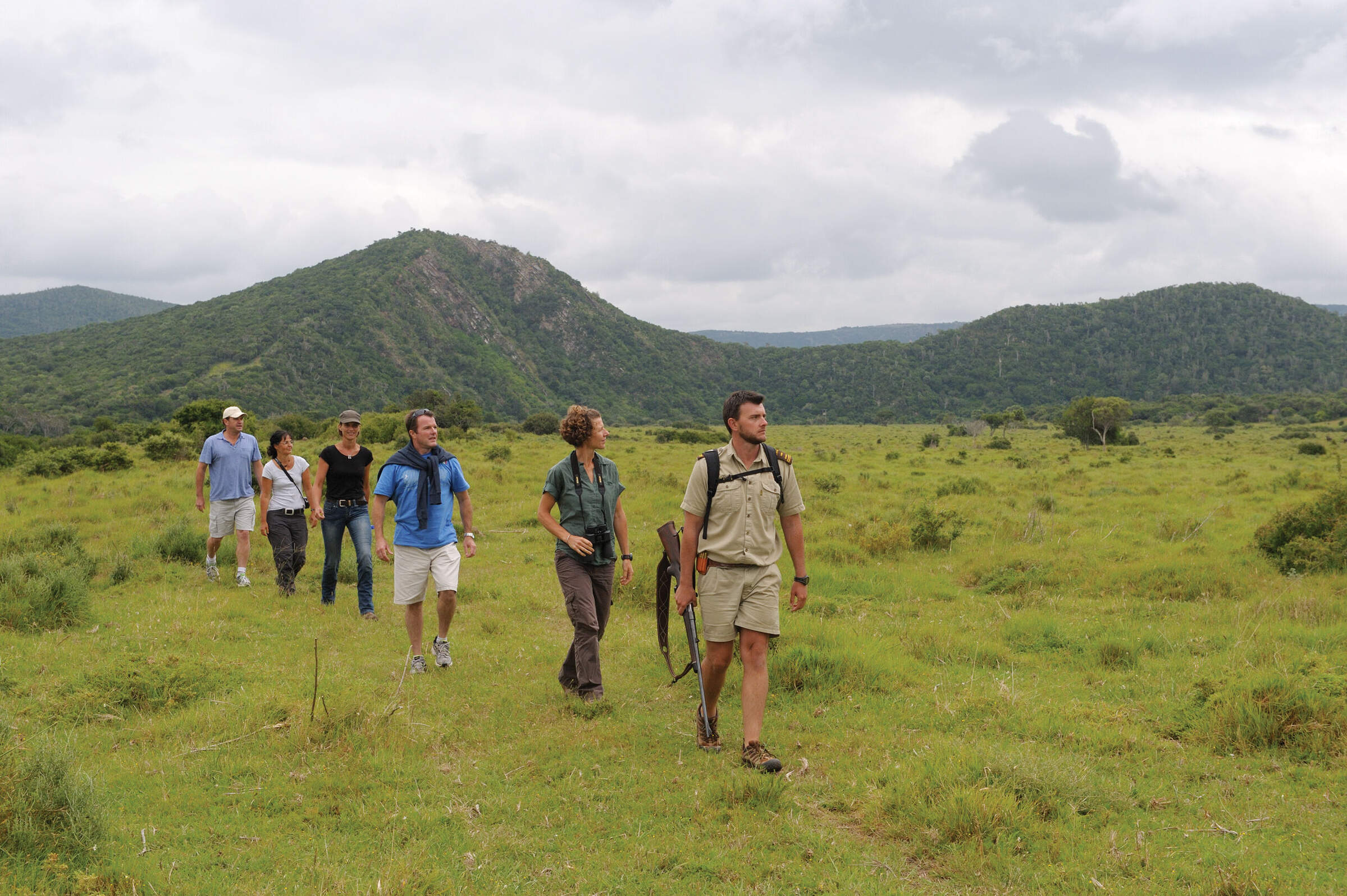
Scenic walking & hiking
Explore Africa's most scenic hiking trails on foot, with or without a guide.
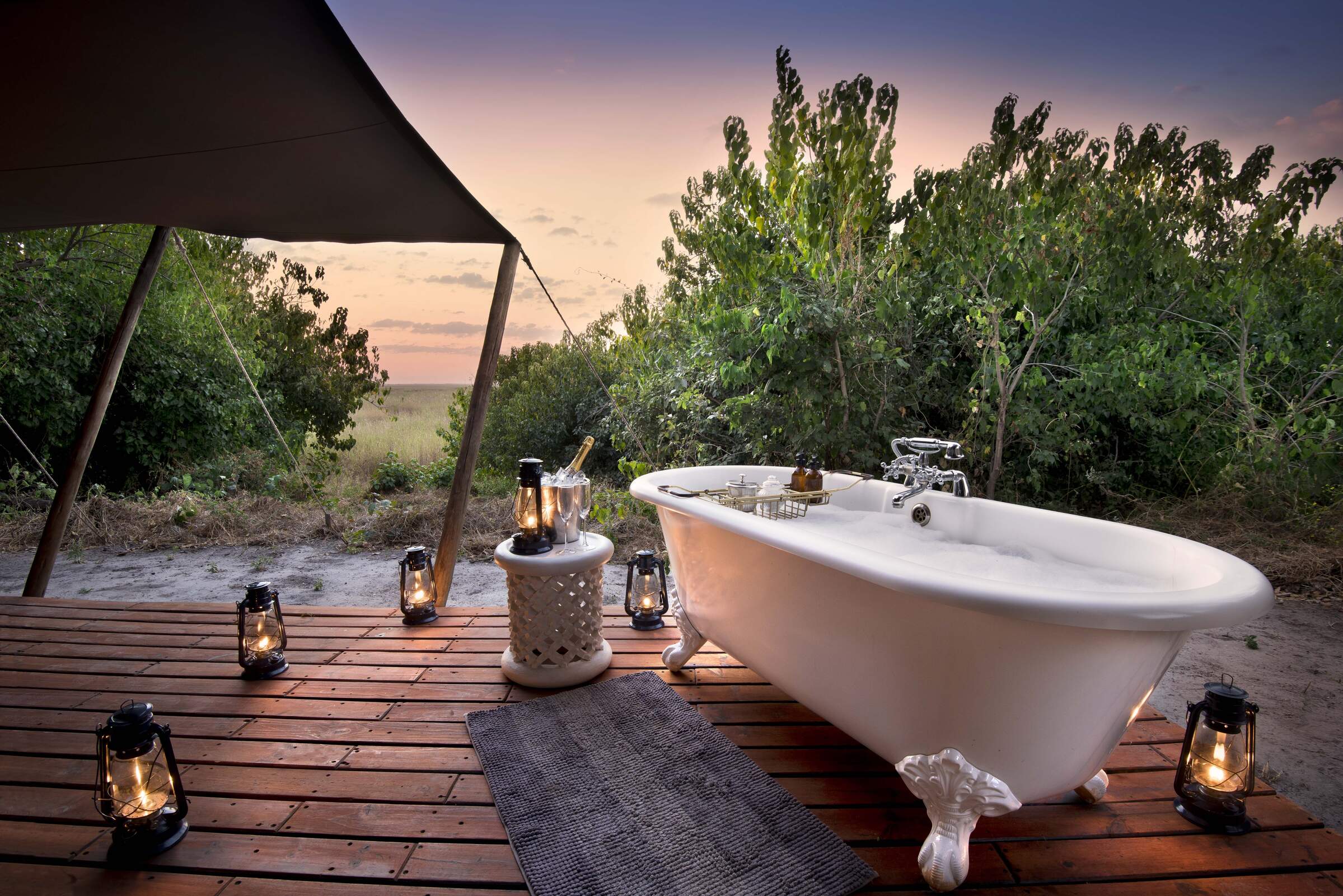
Wellbeing retreats
Wellness escapes in stunning locations
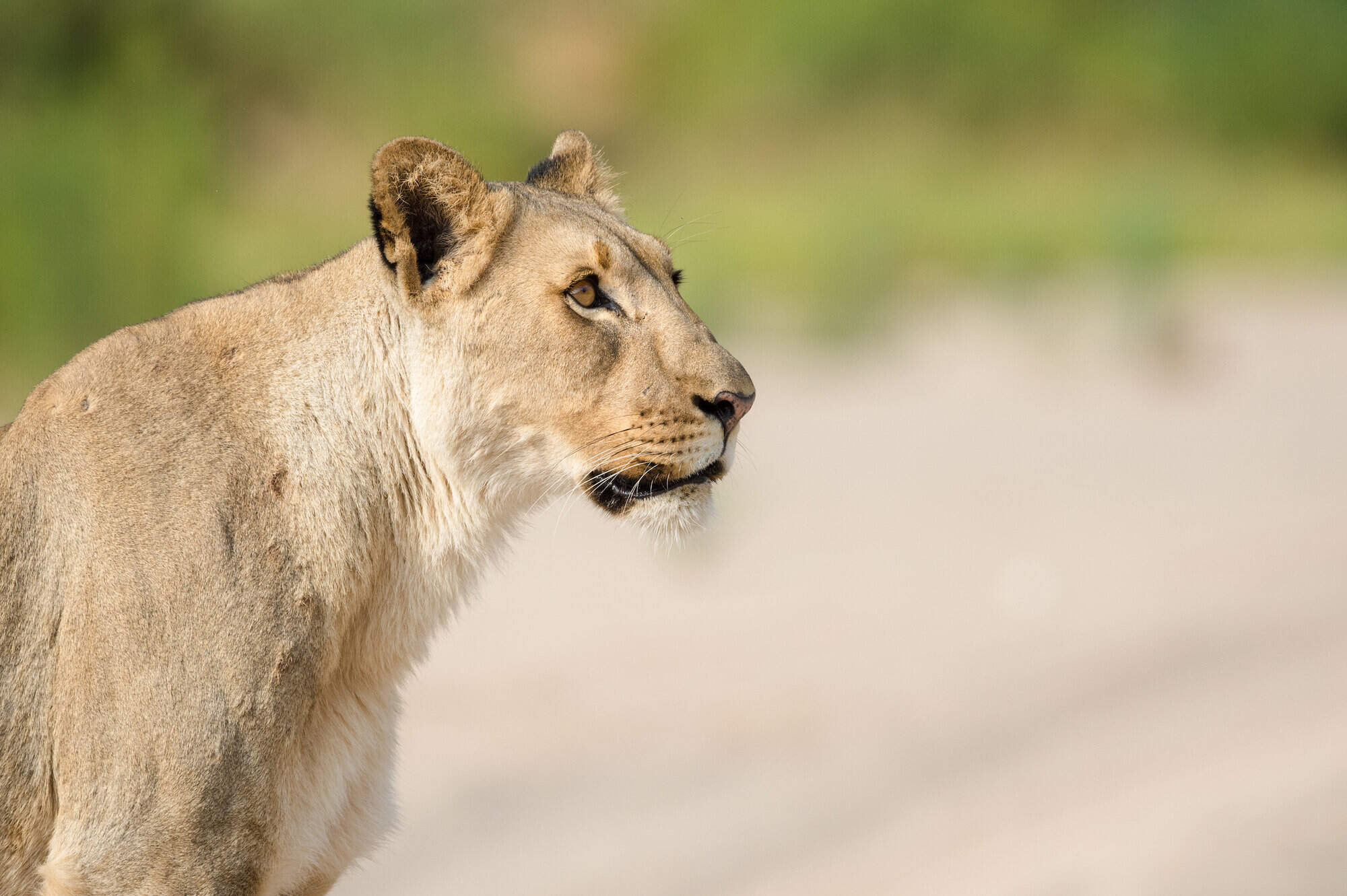
Wildlife safaris
These trips include incredible wildlife and elusive species, as well as superb guiding and a variety of diverse ecosystems.


